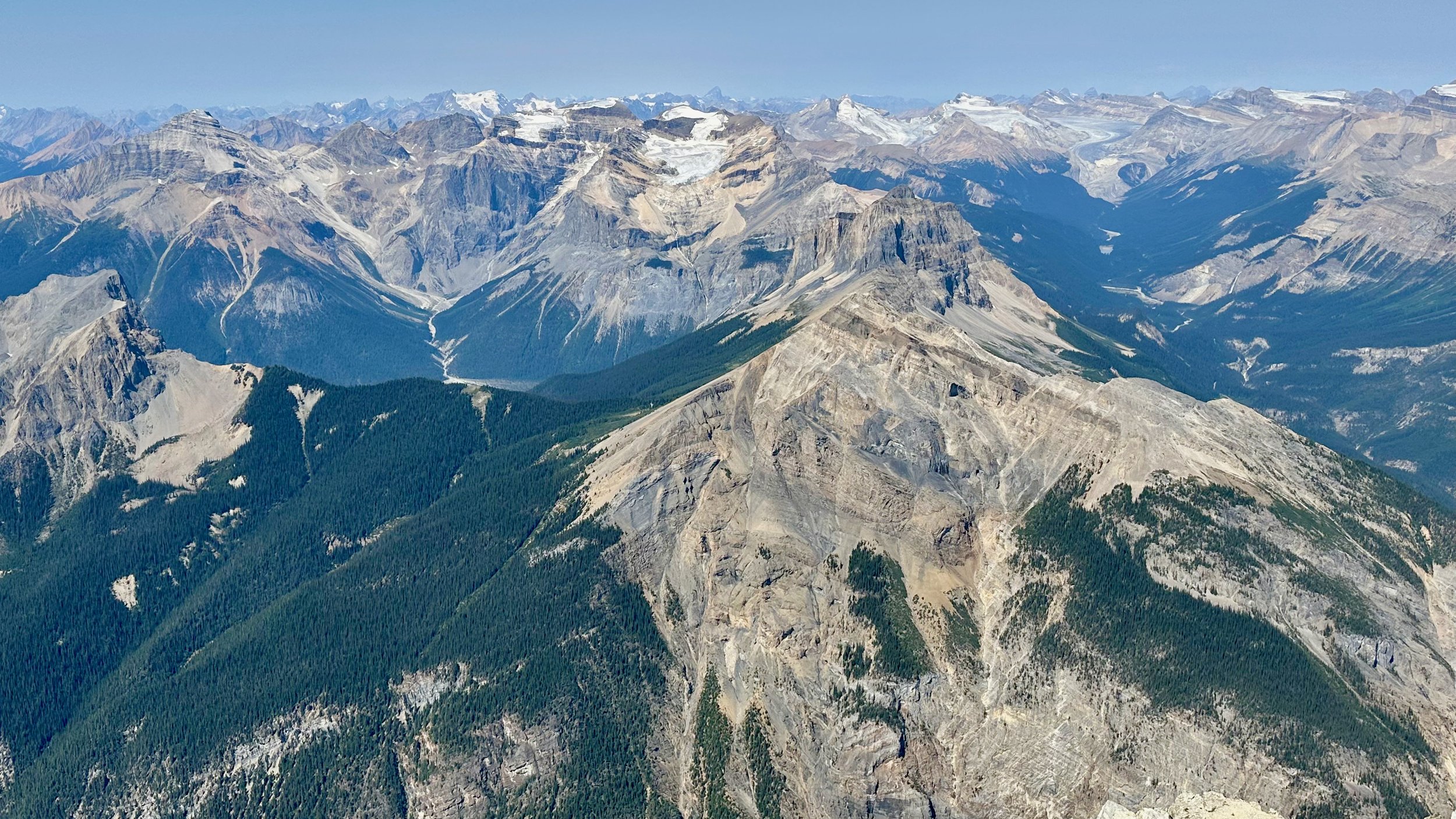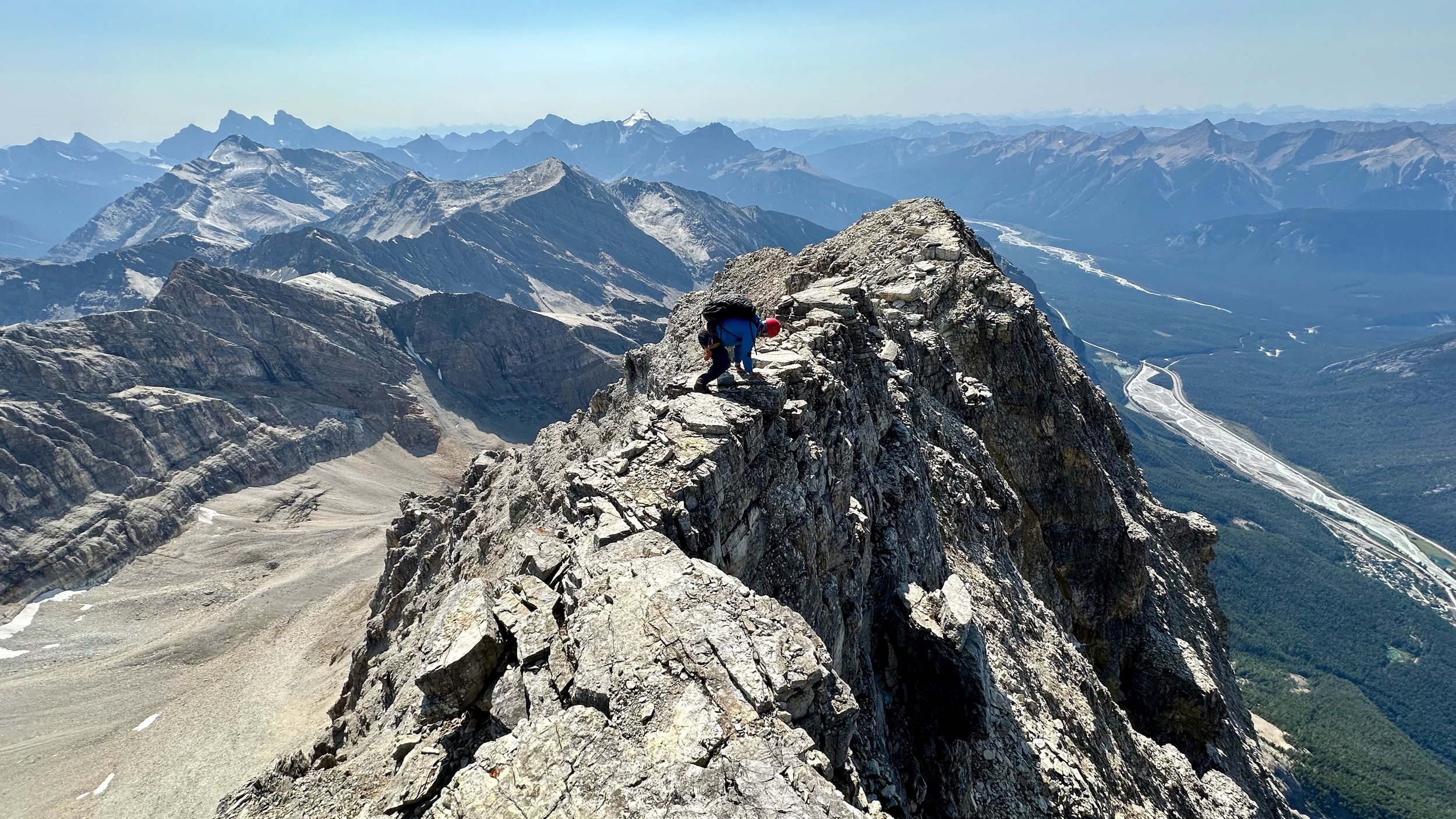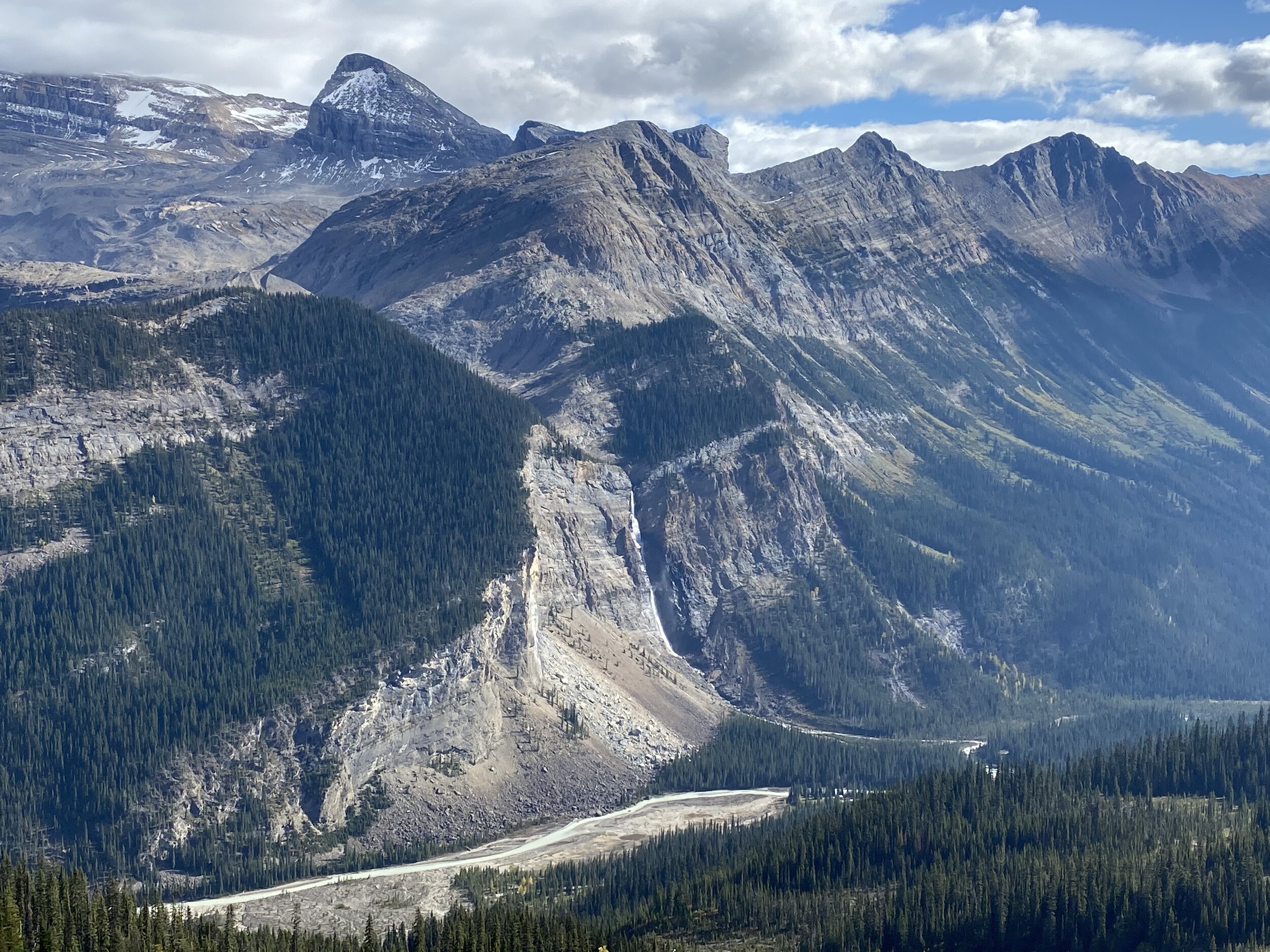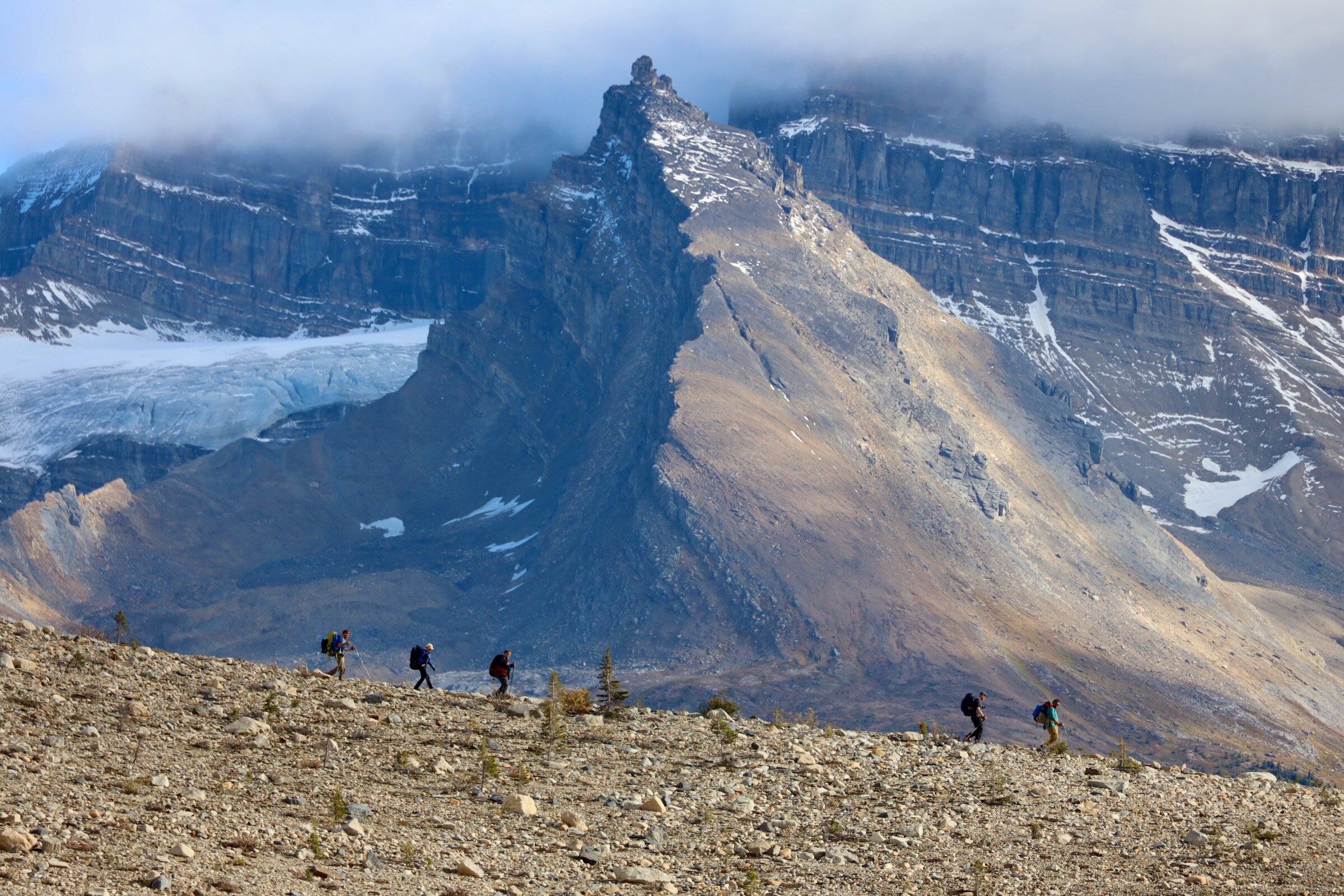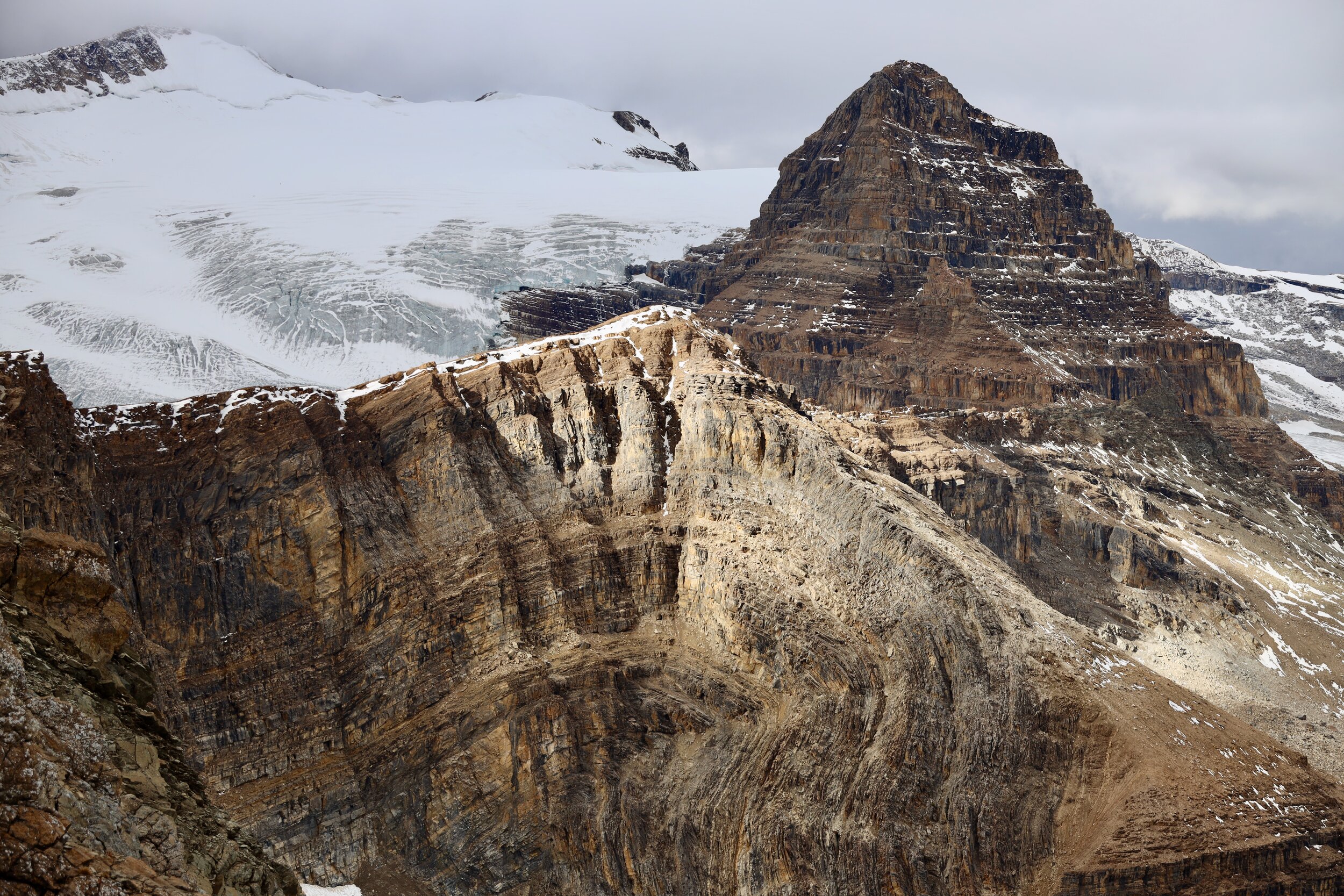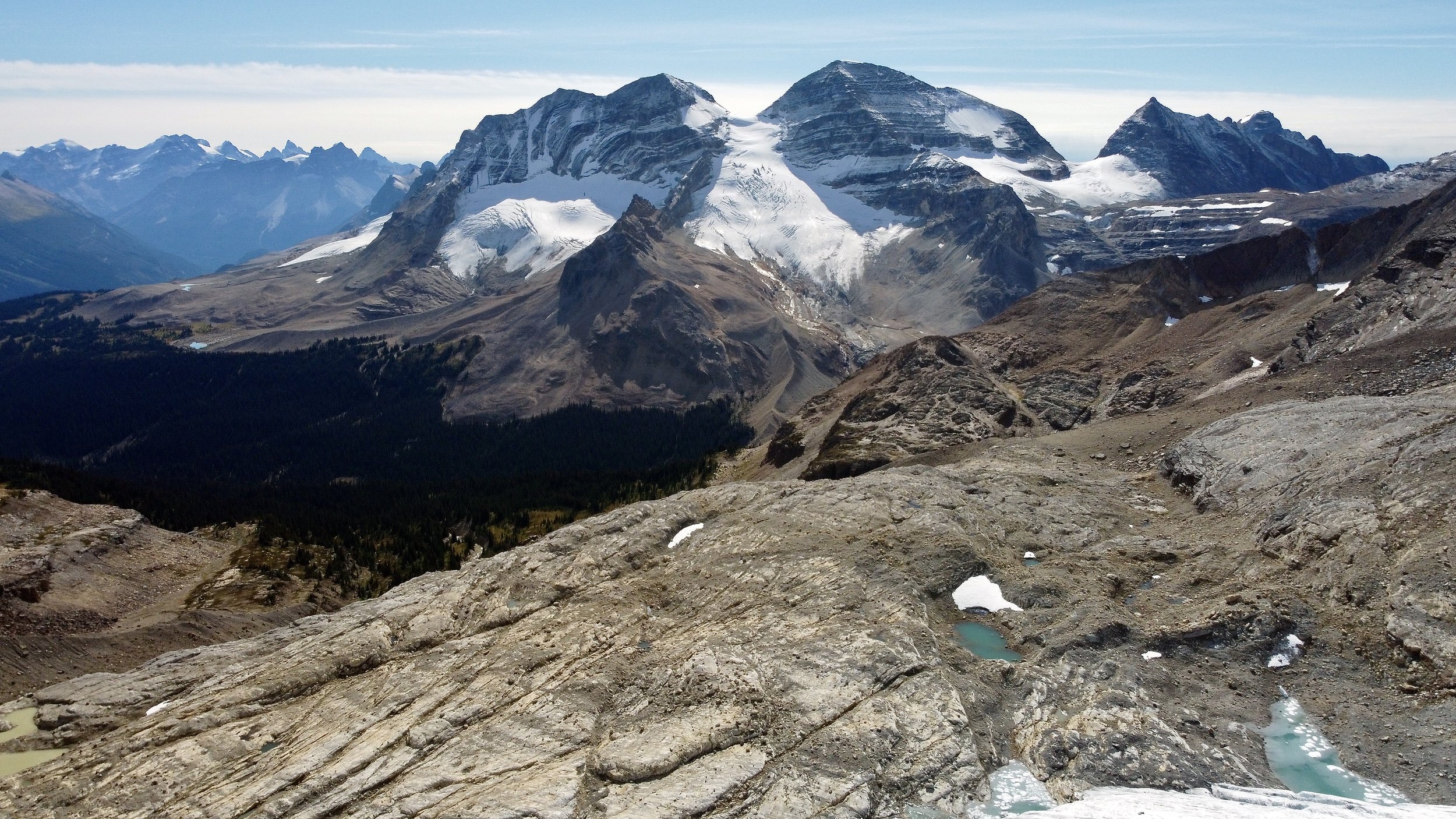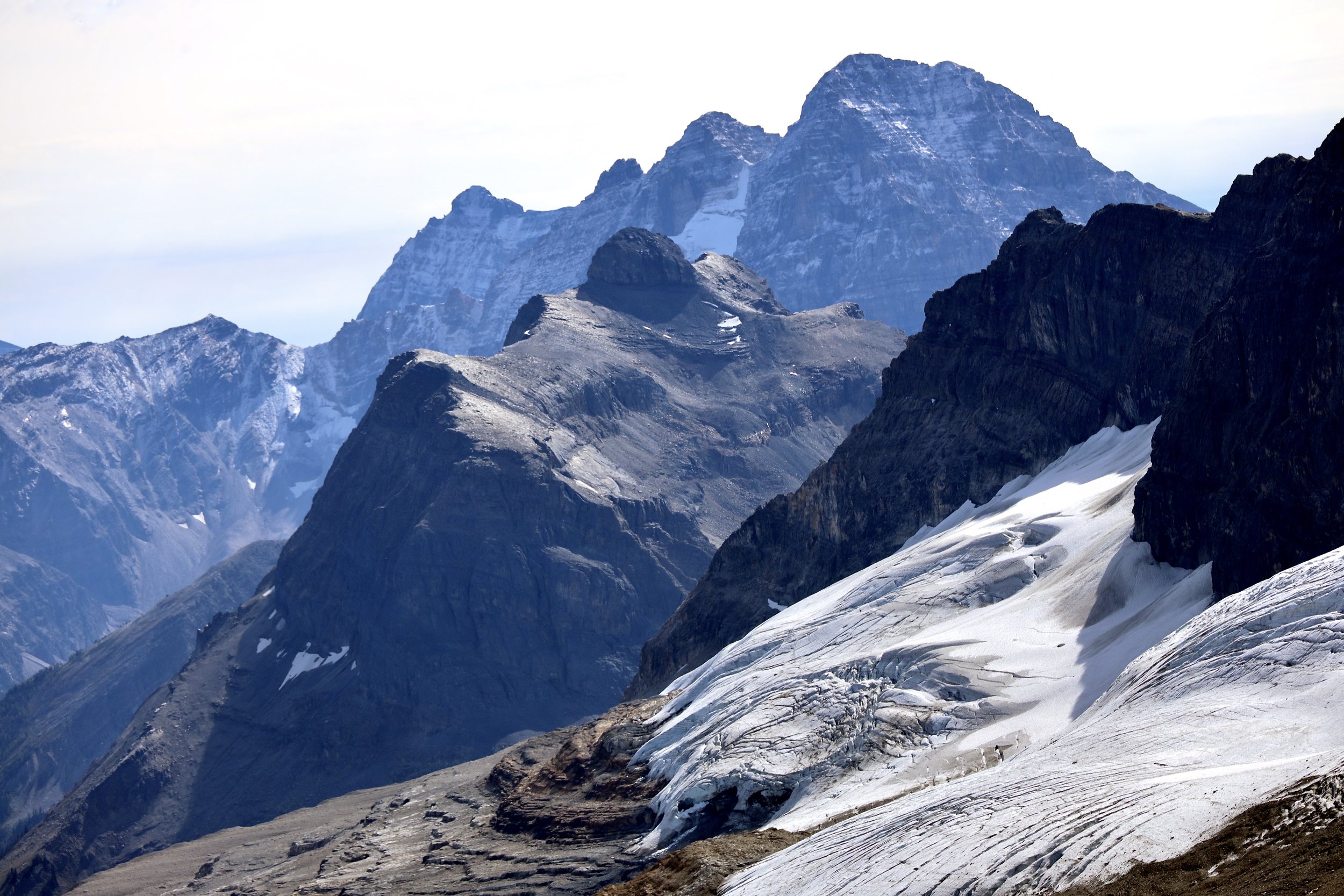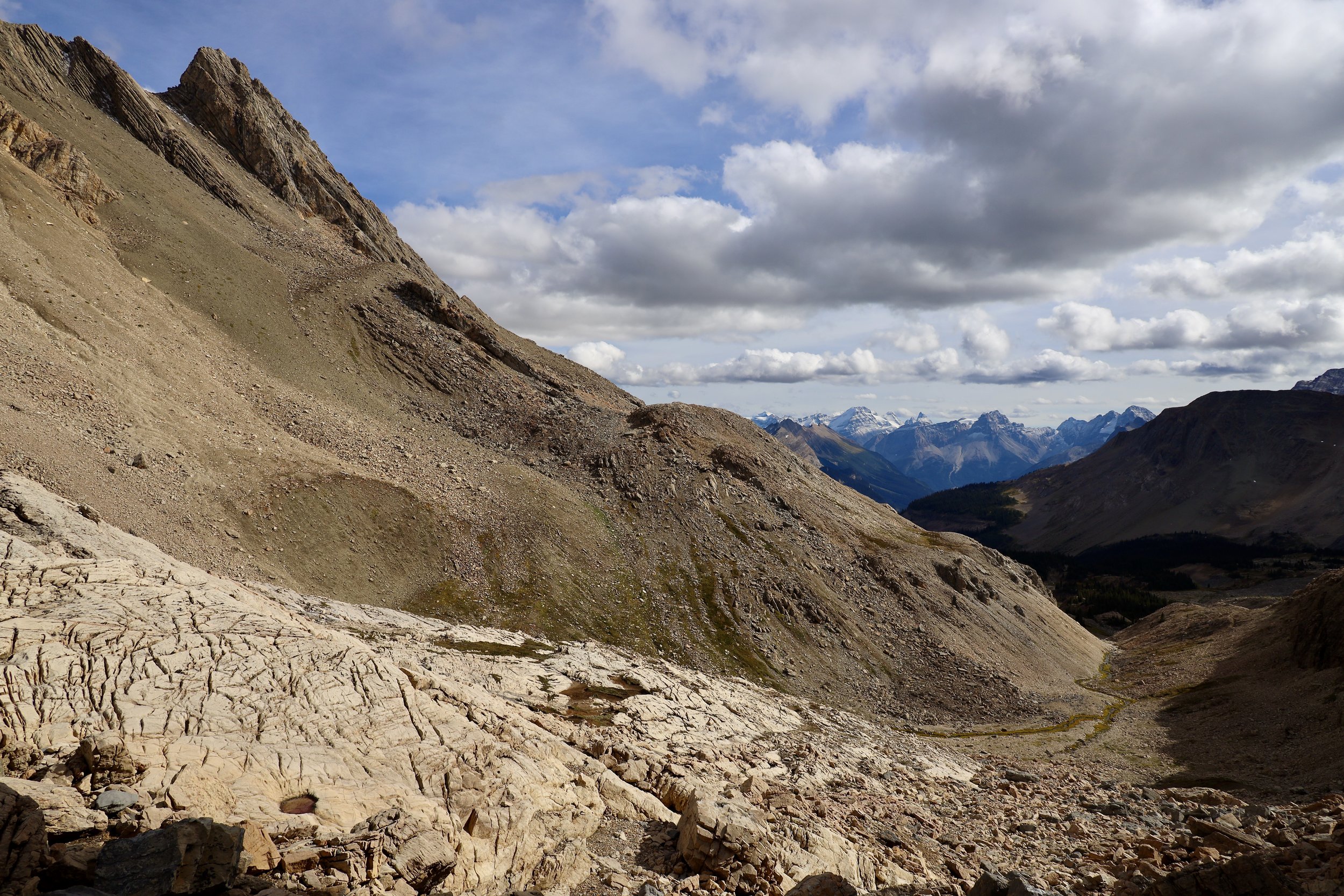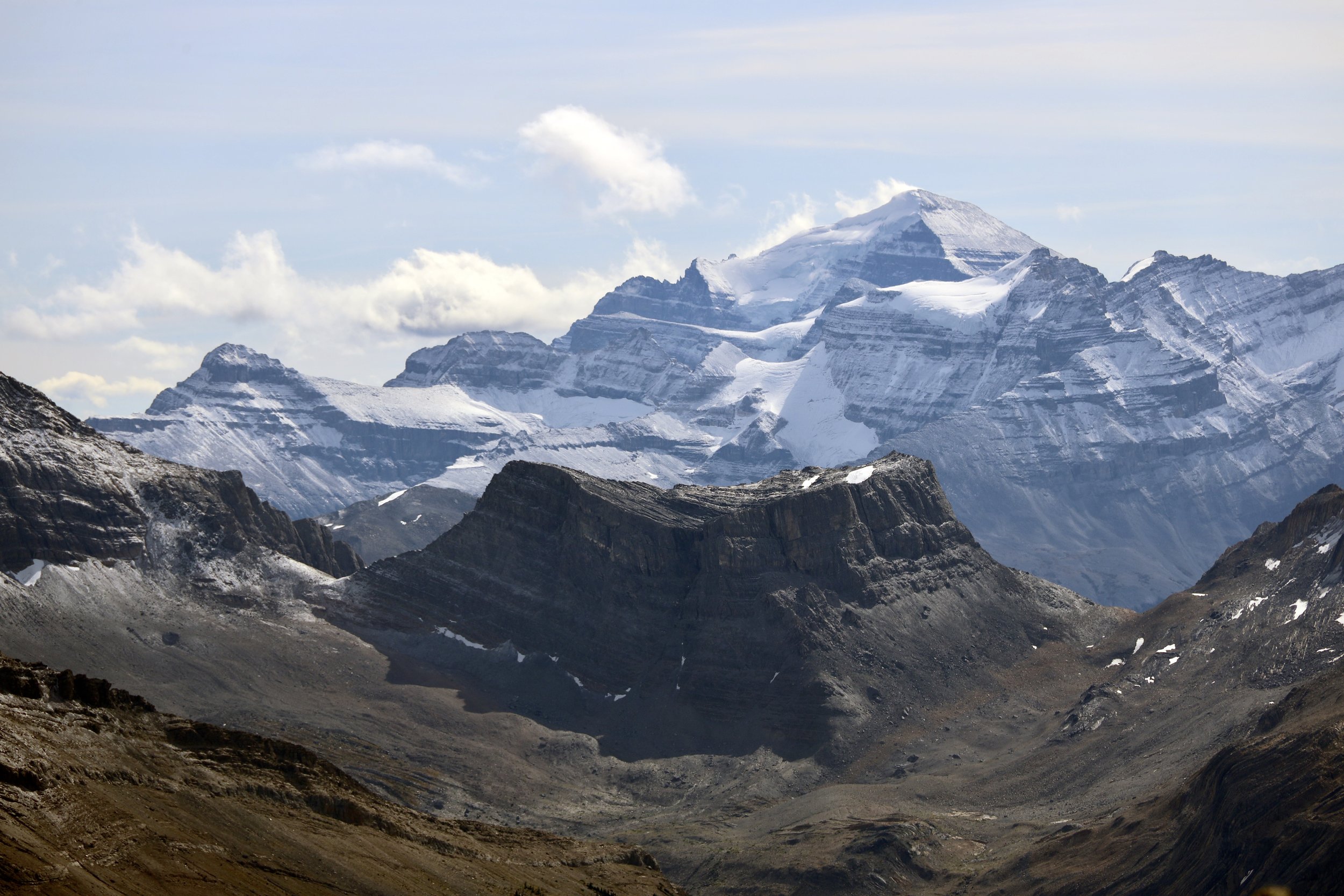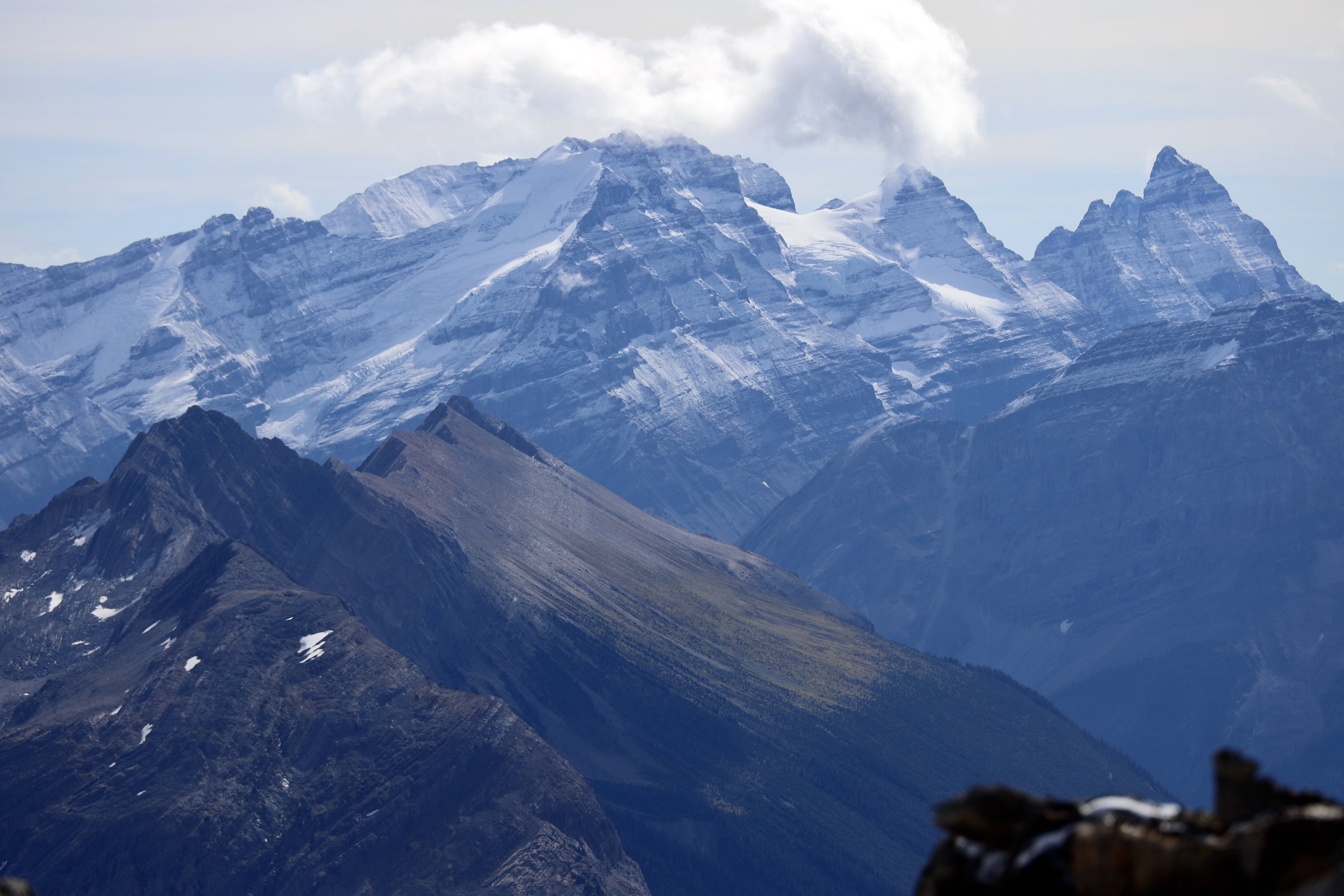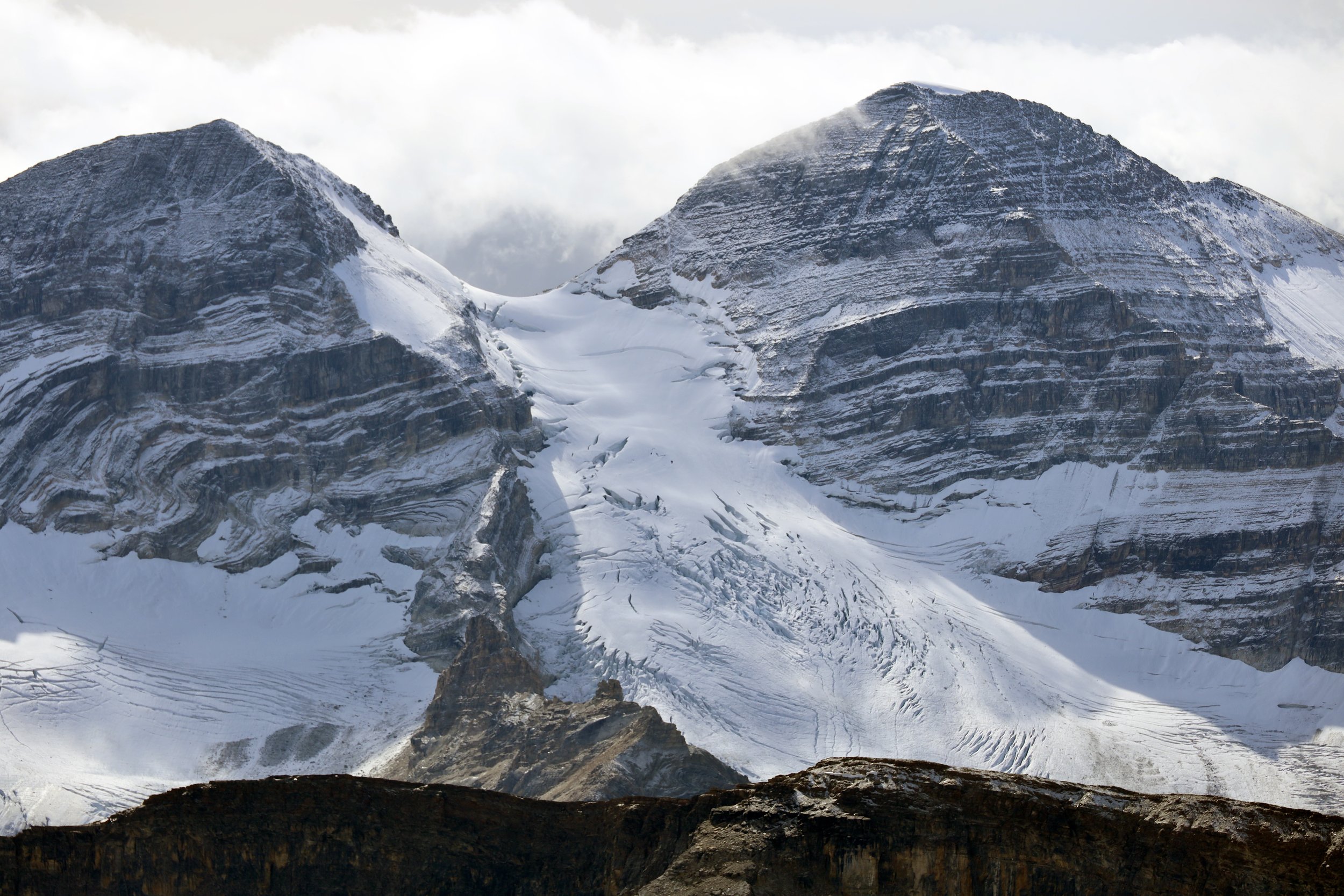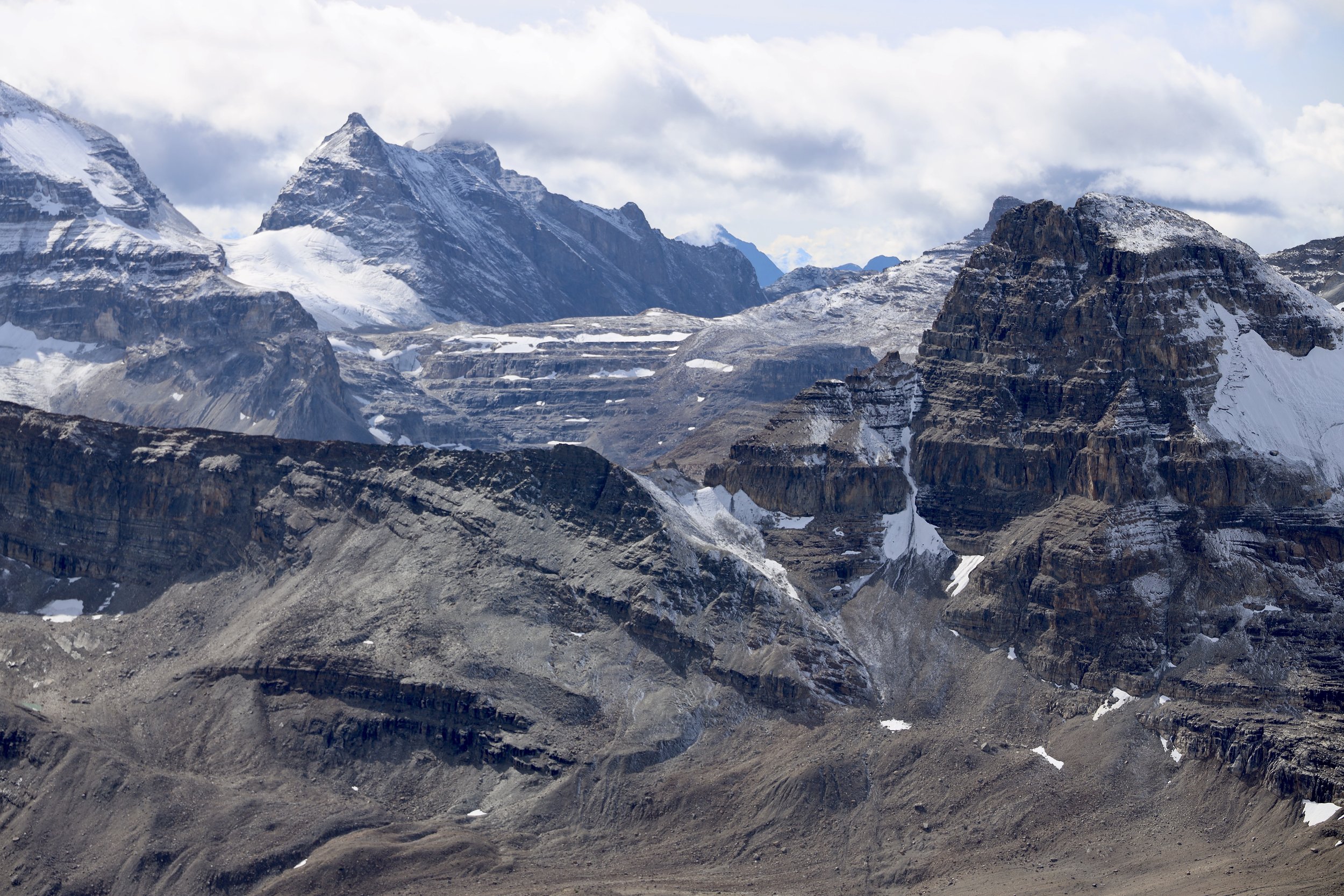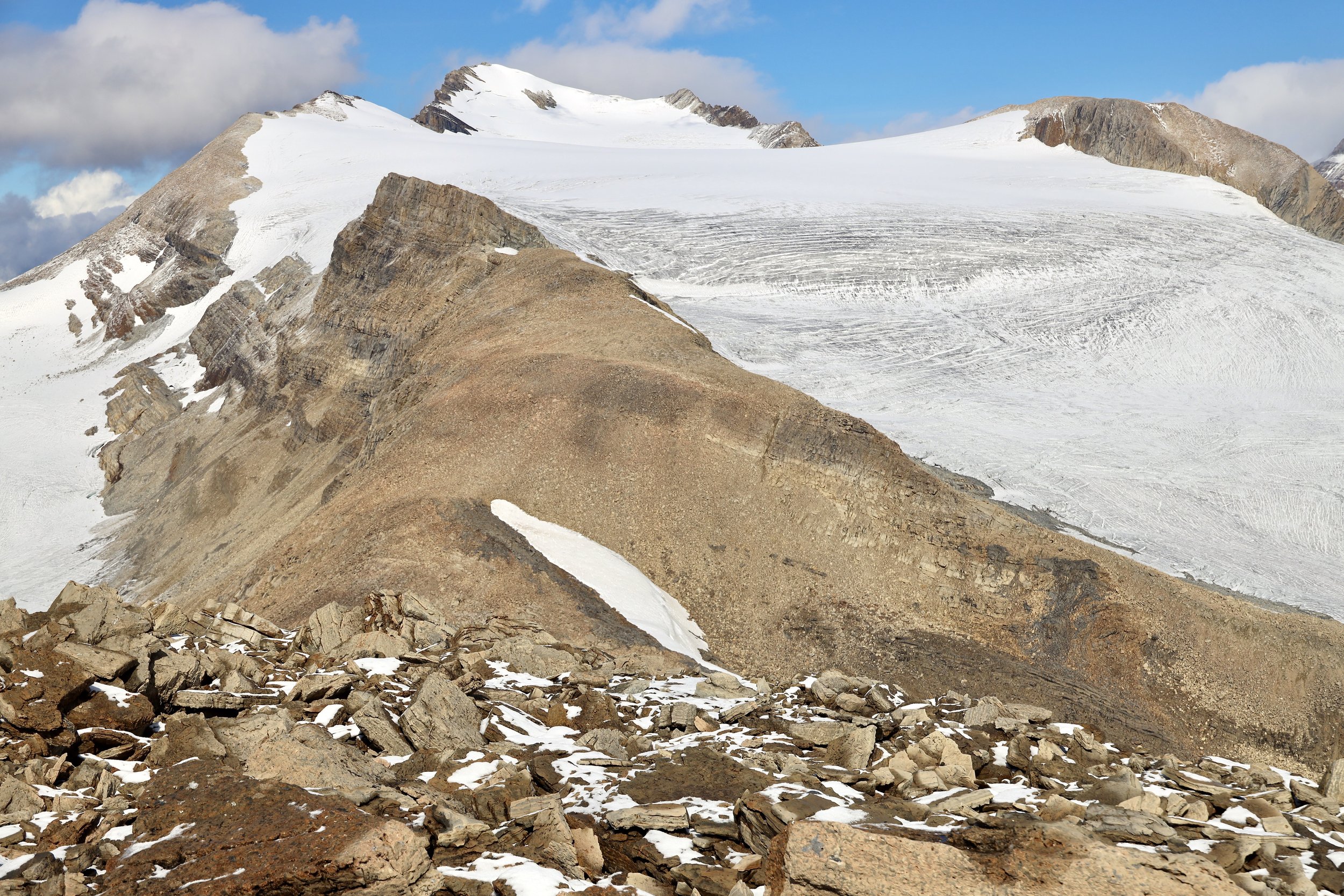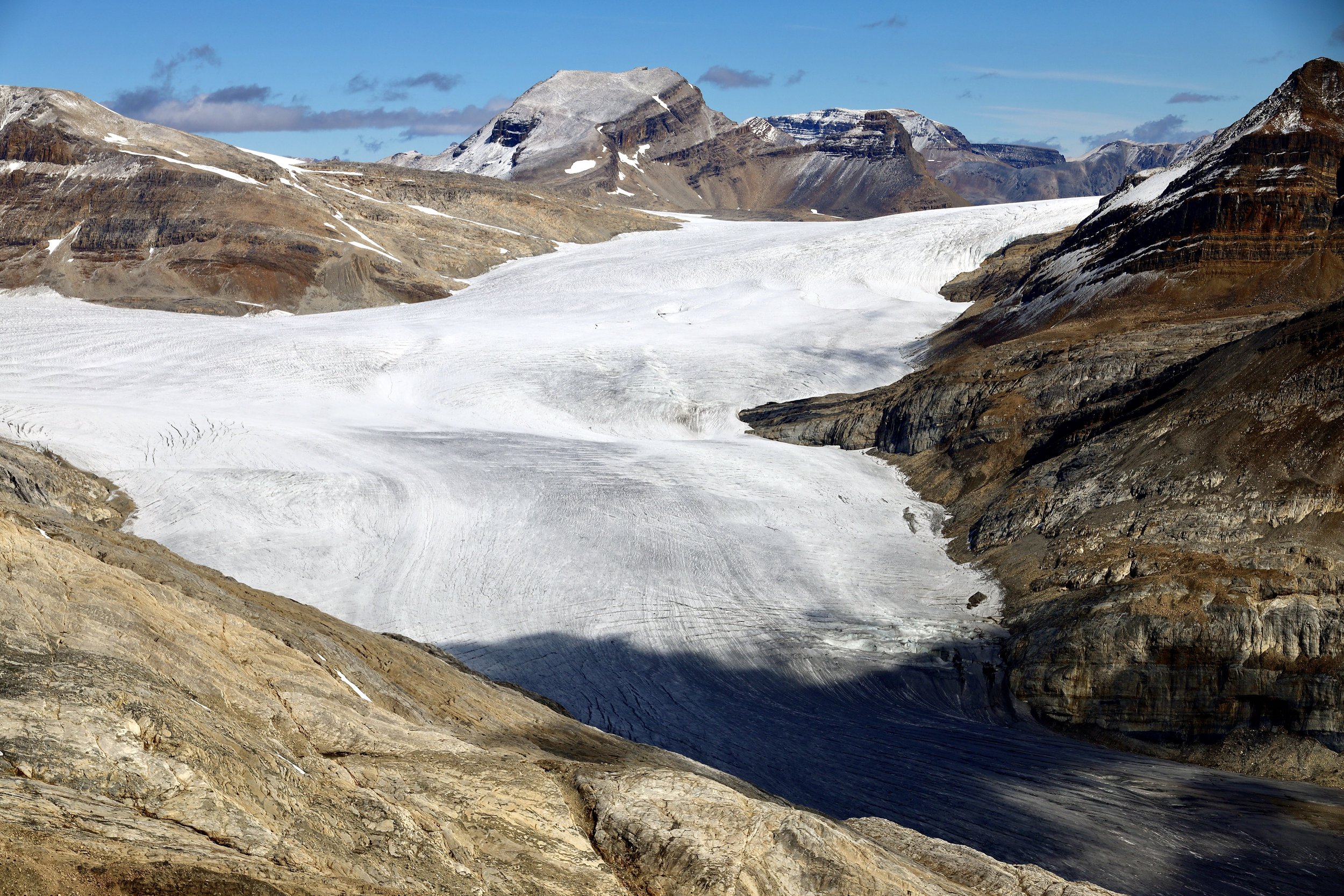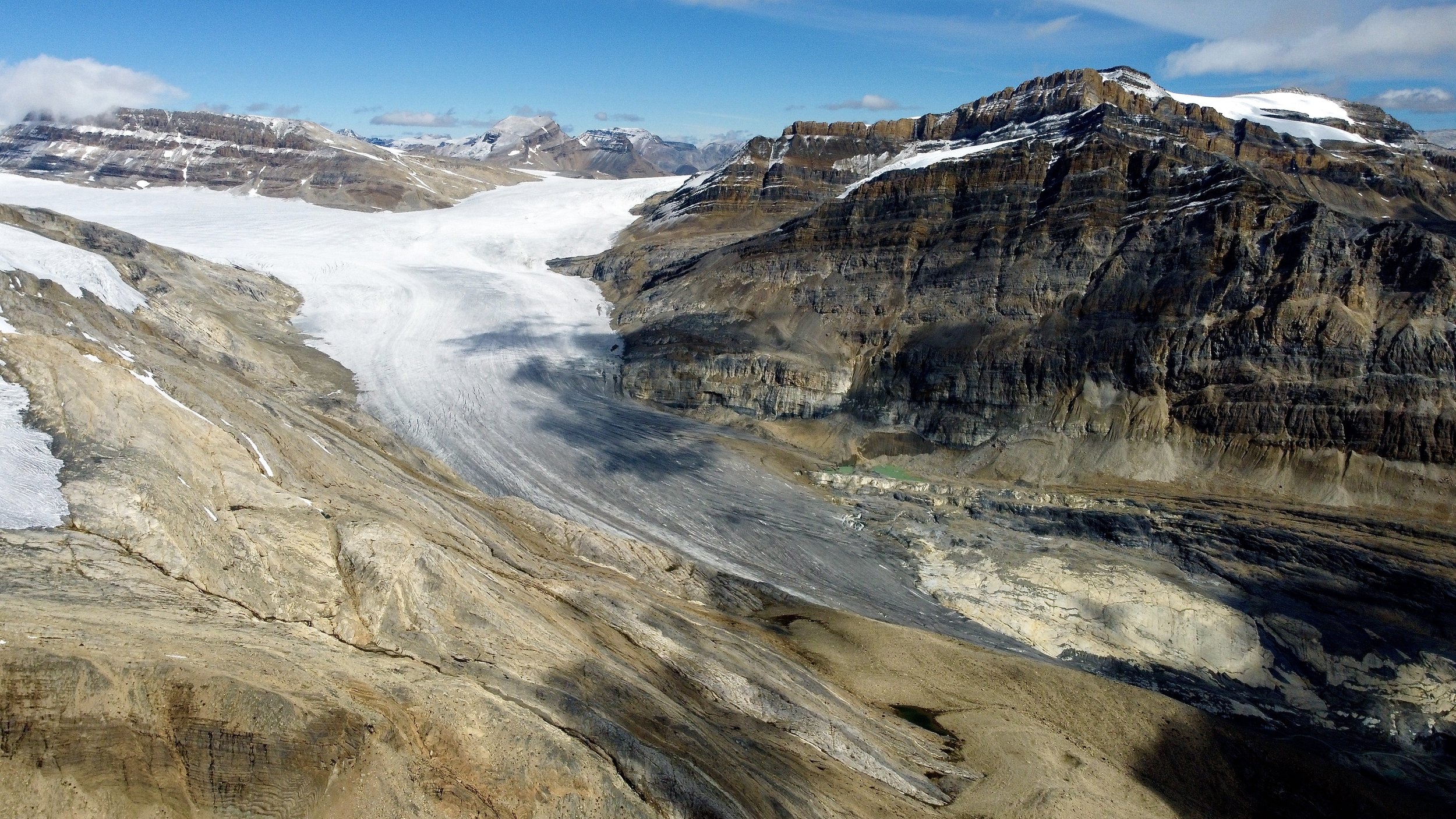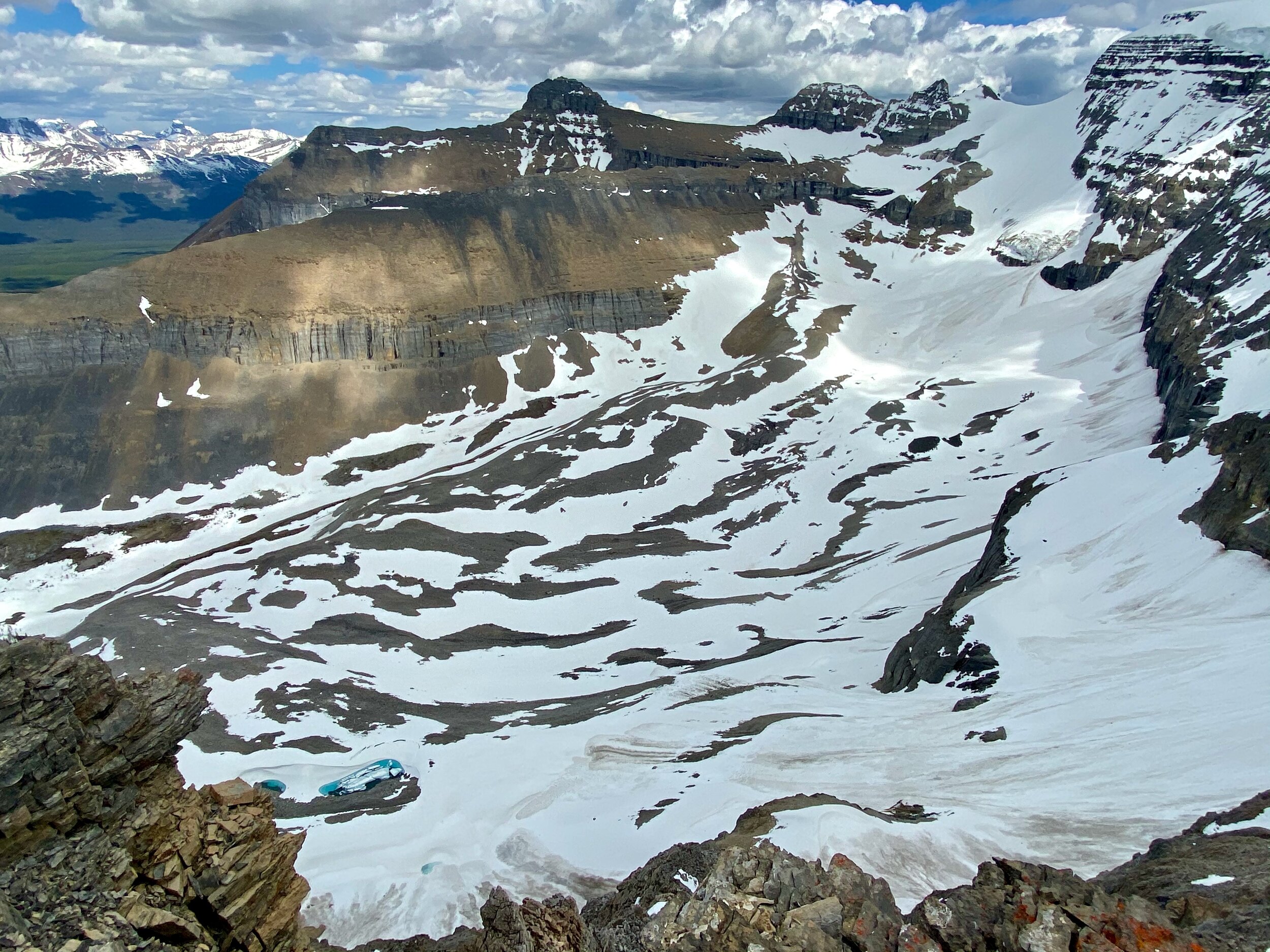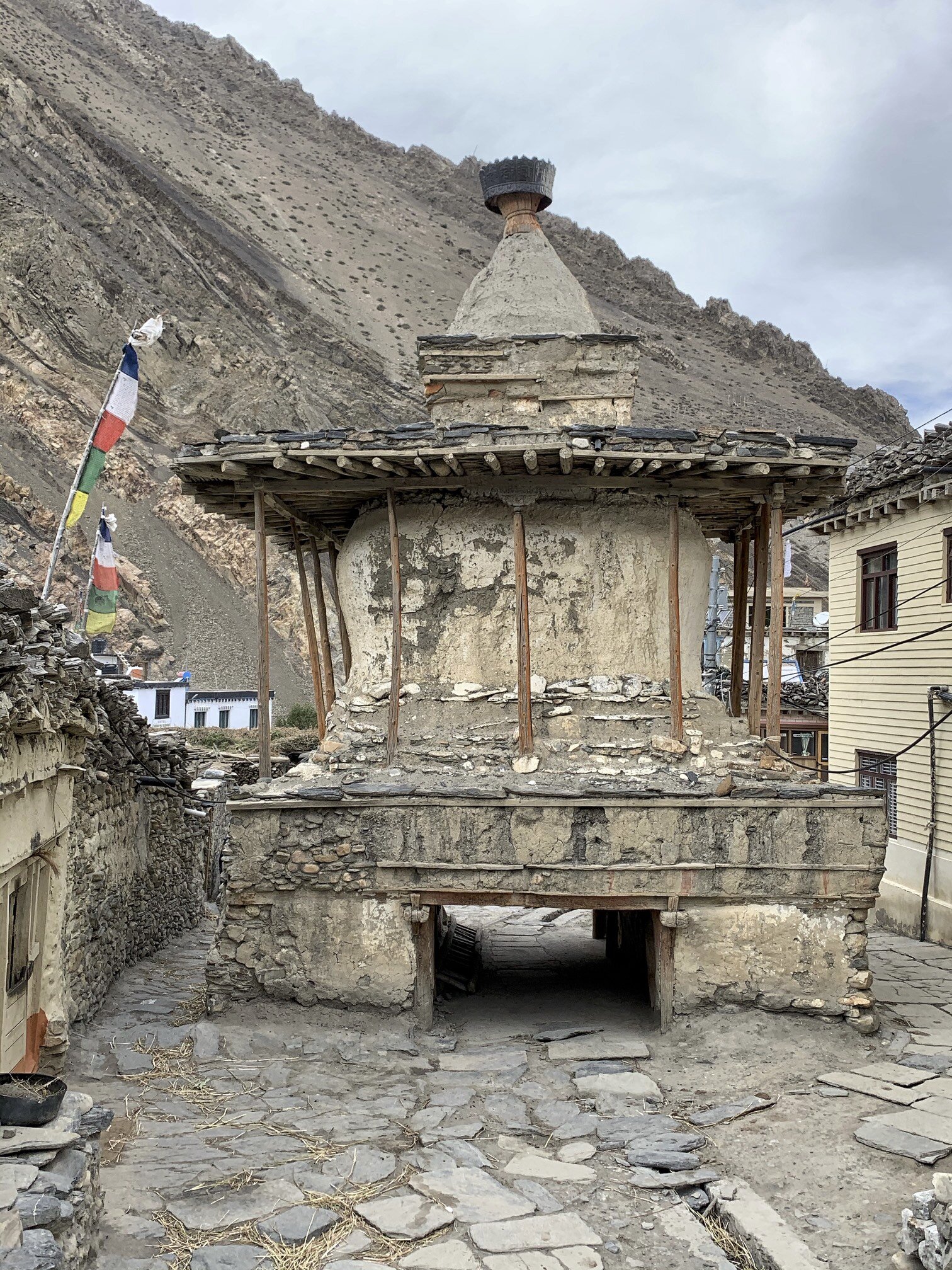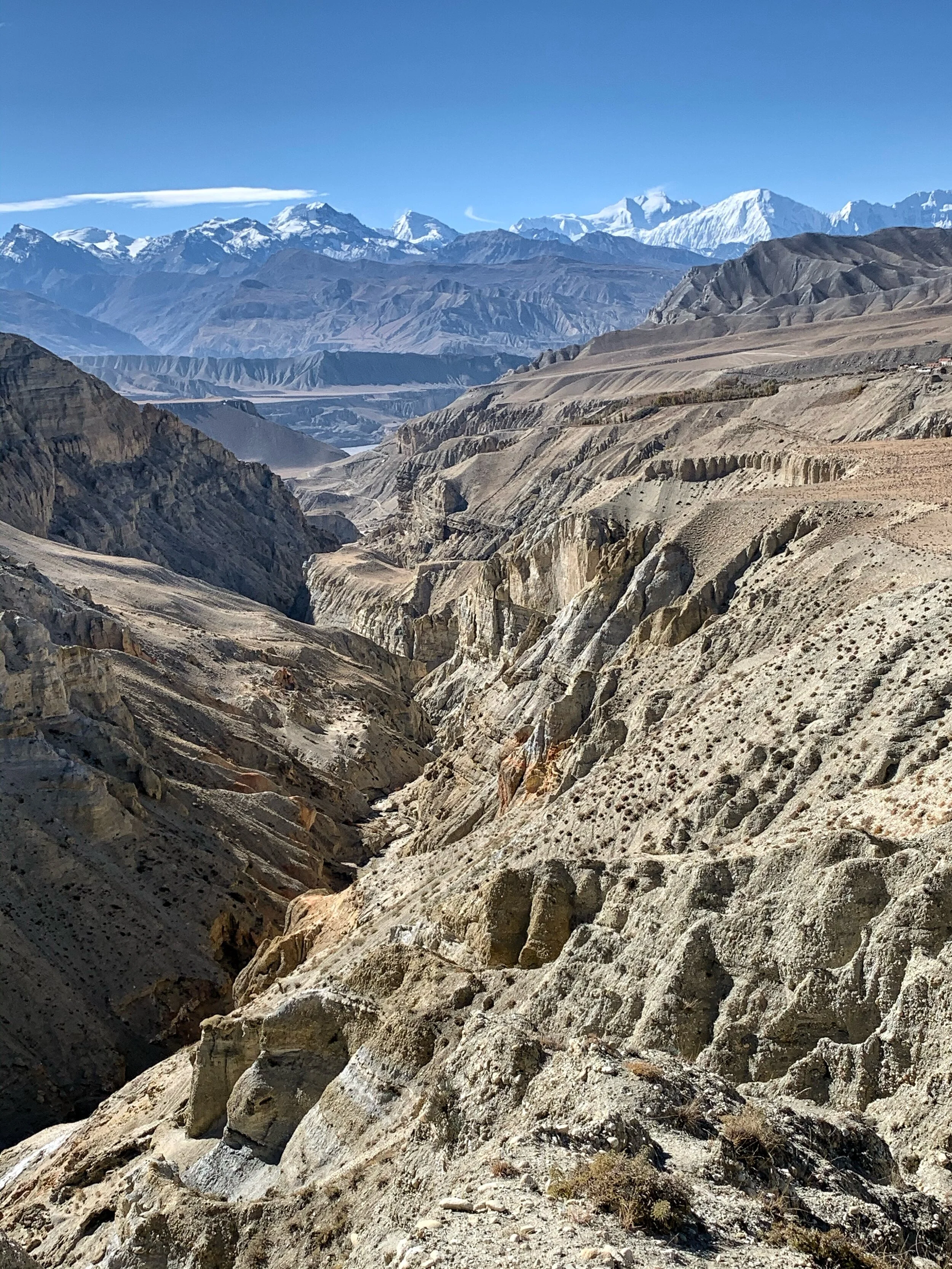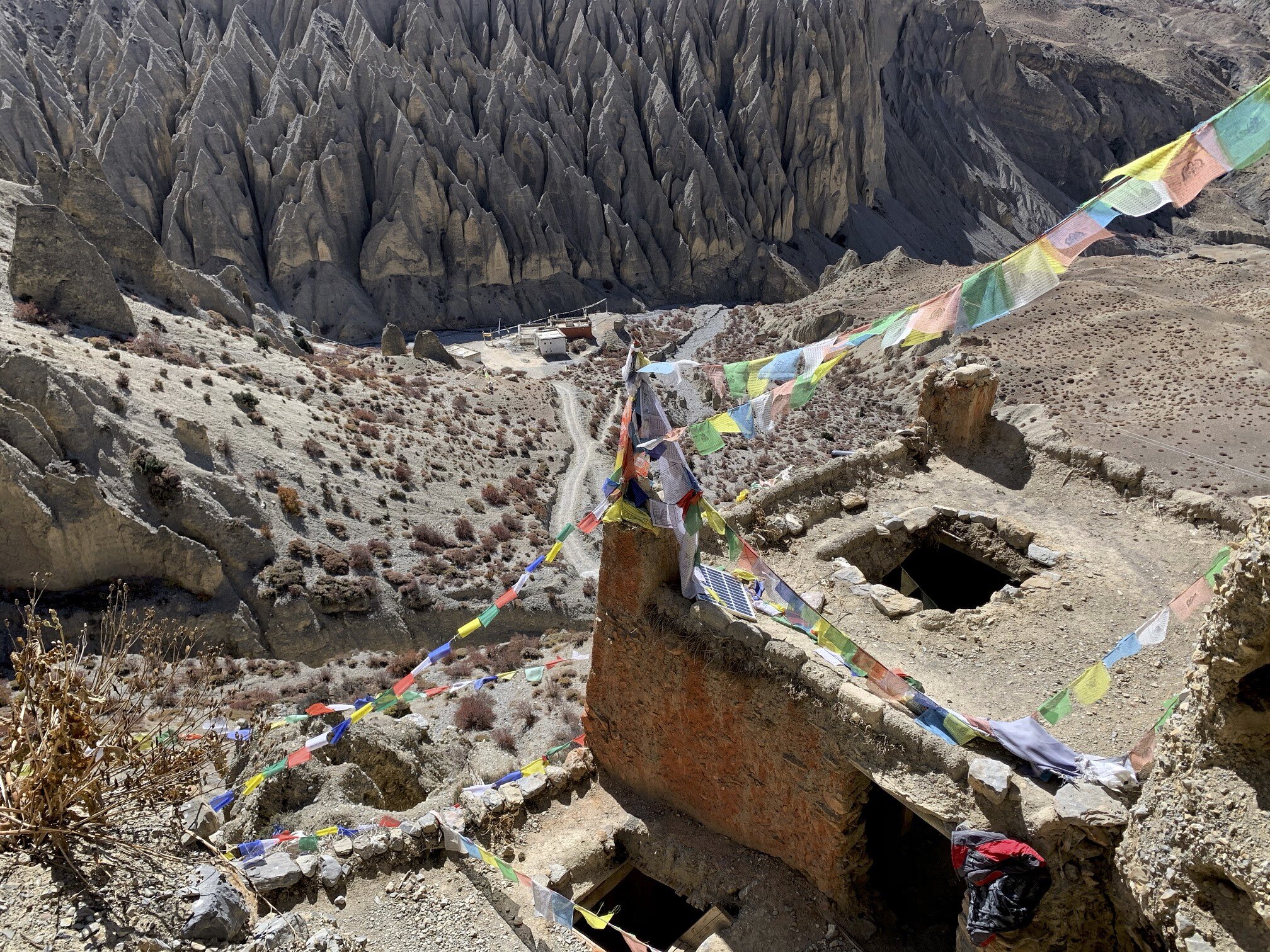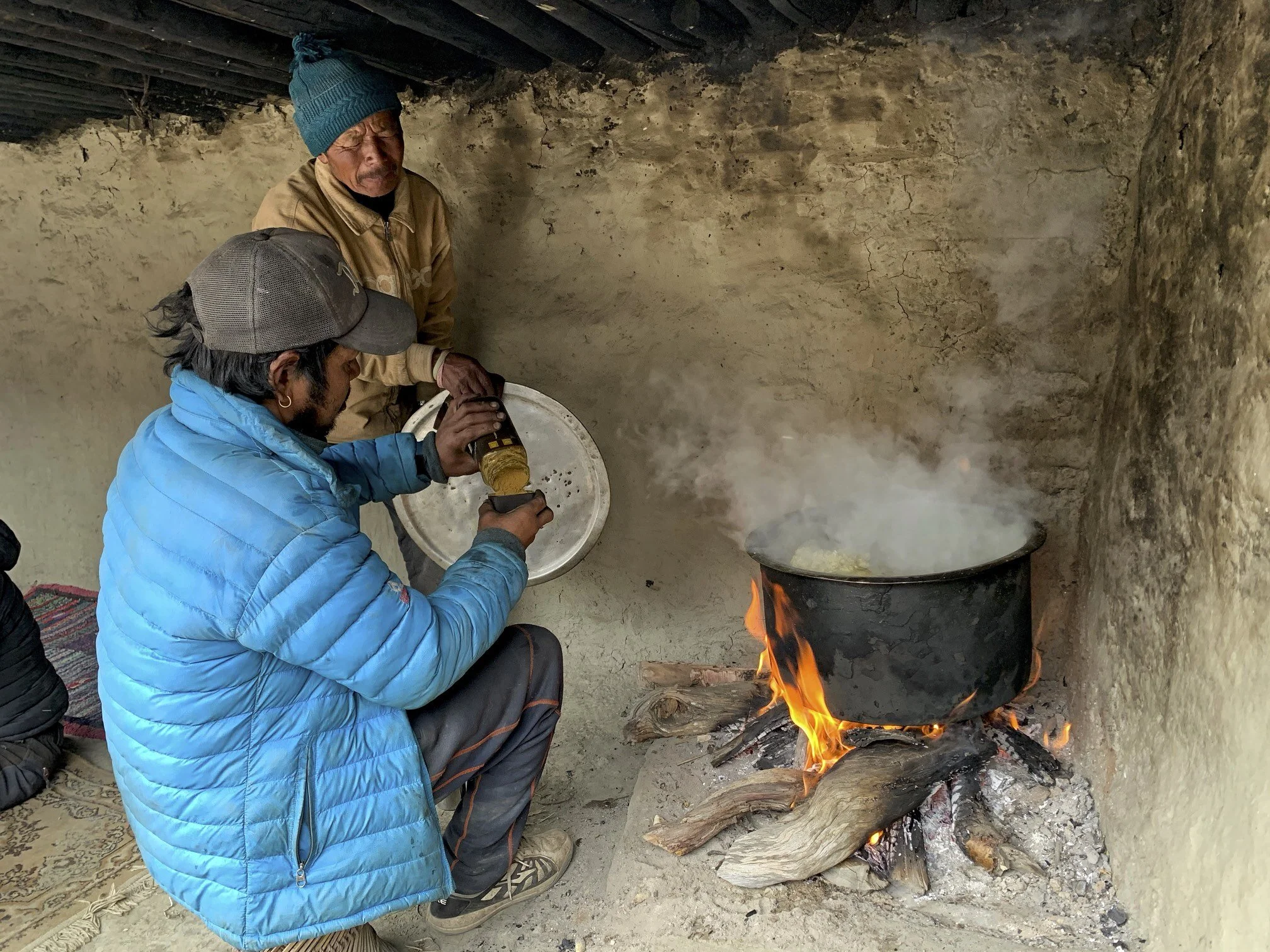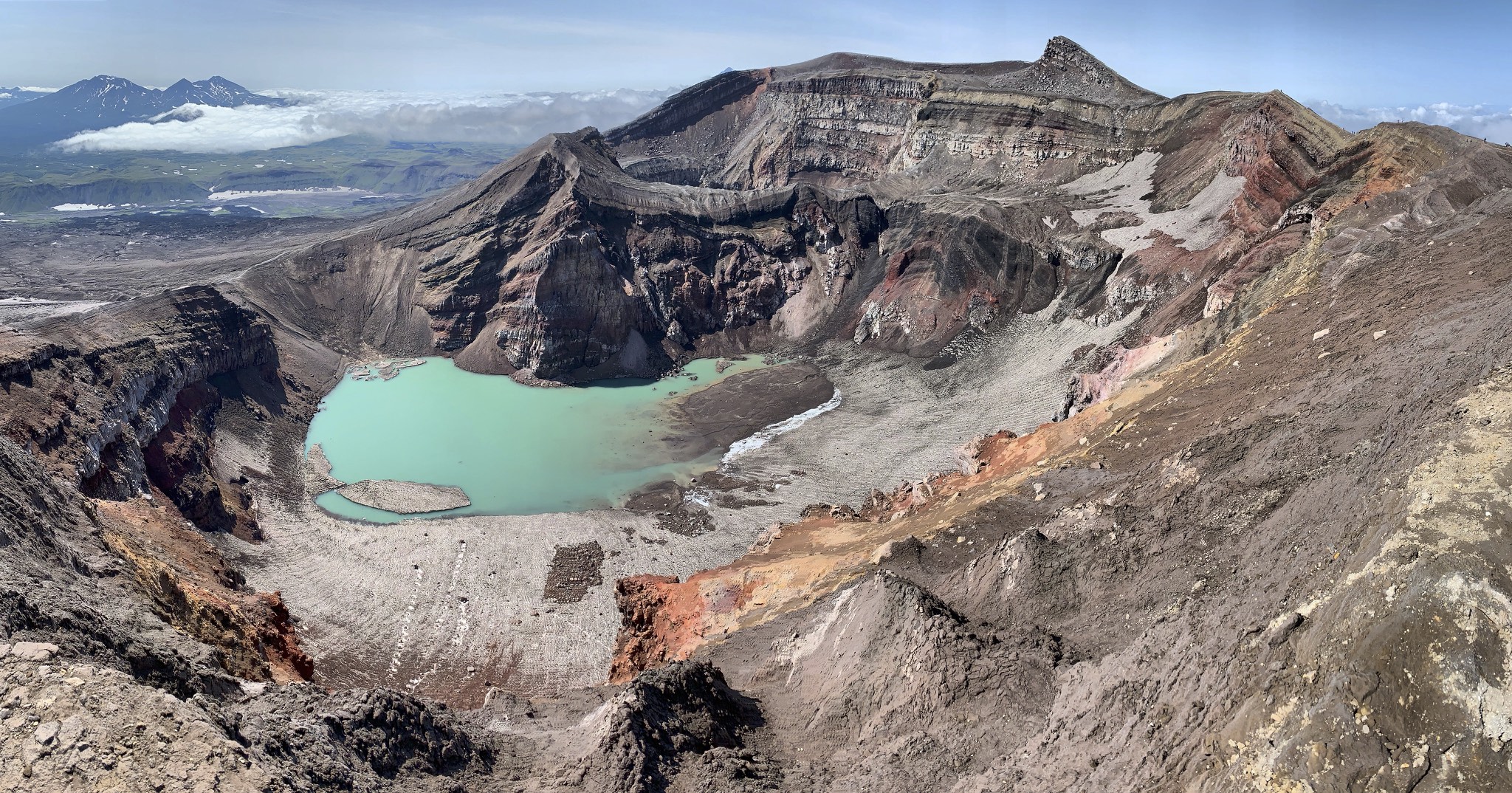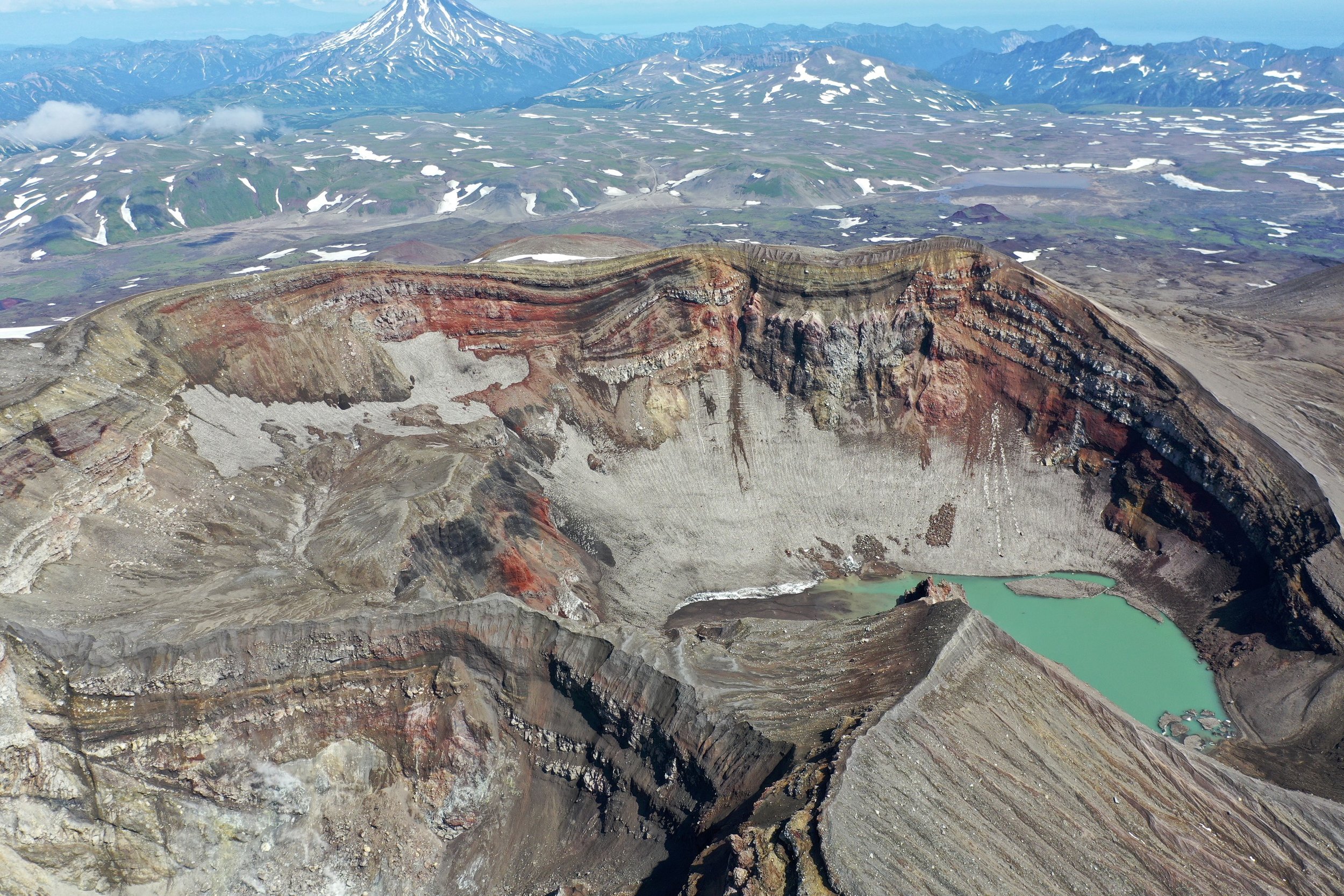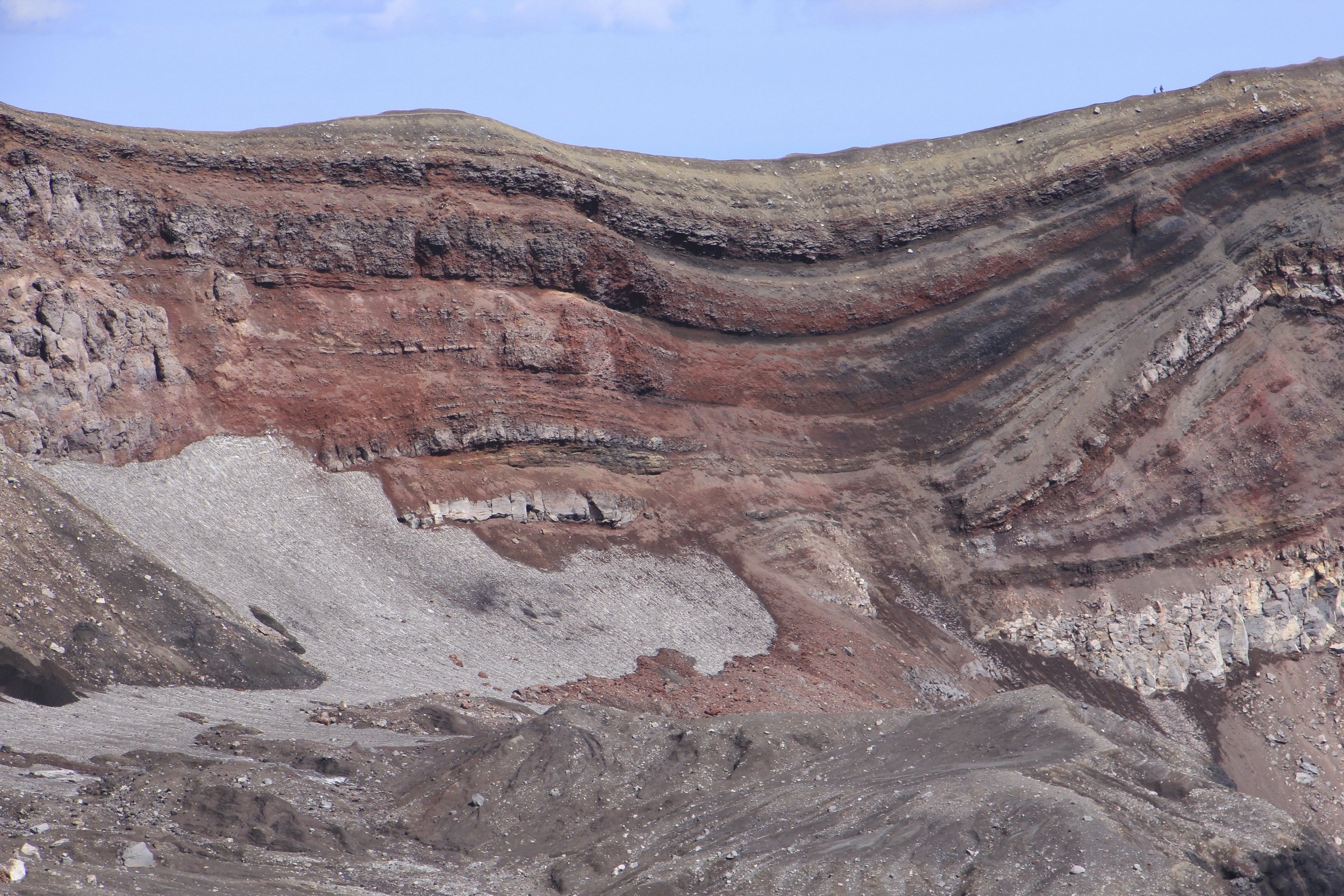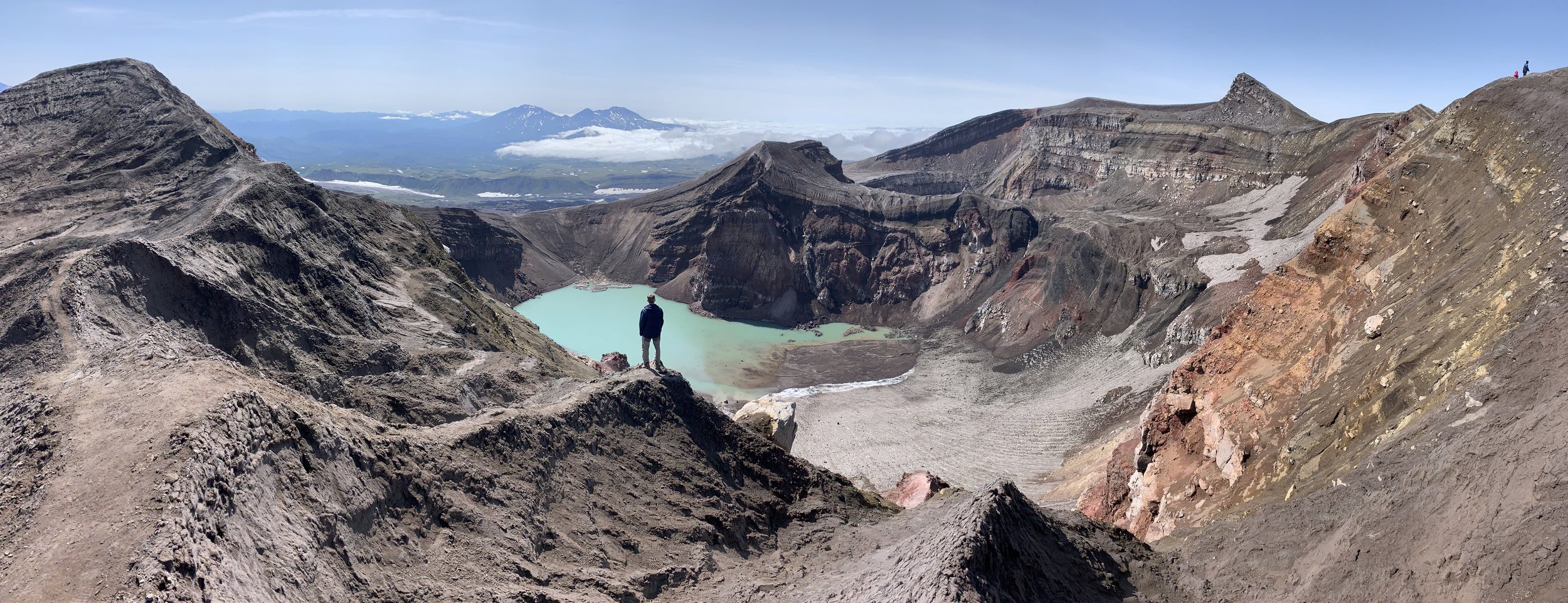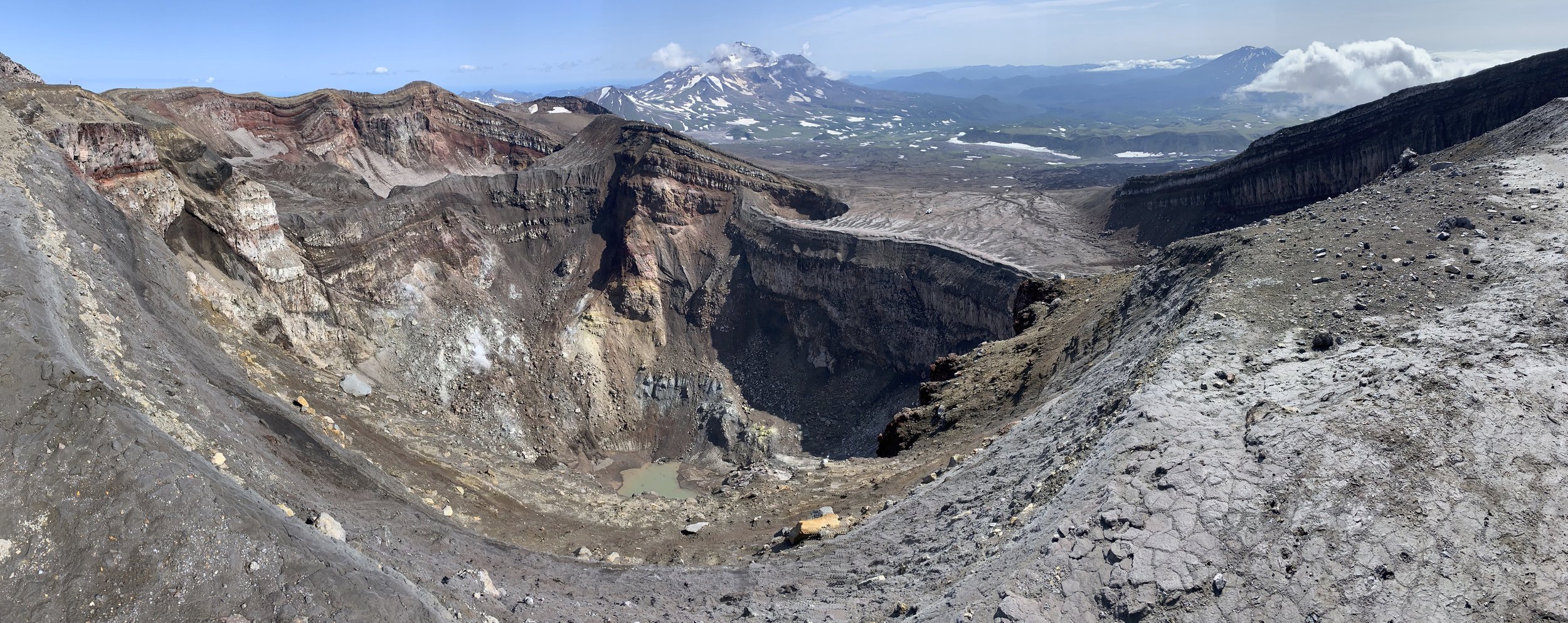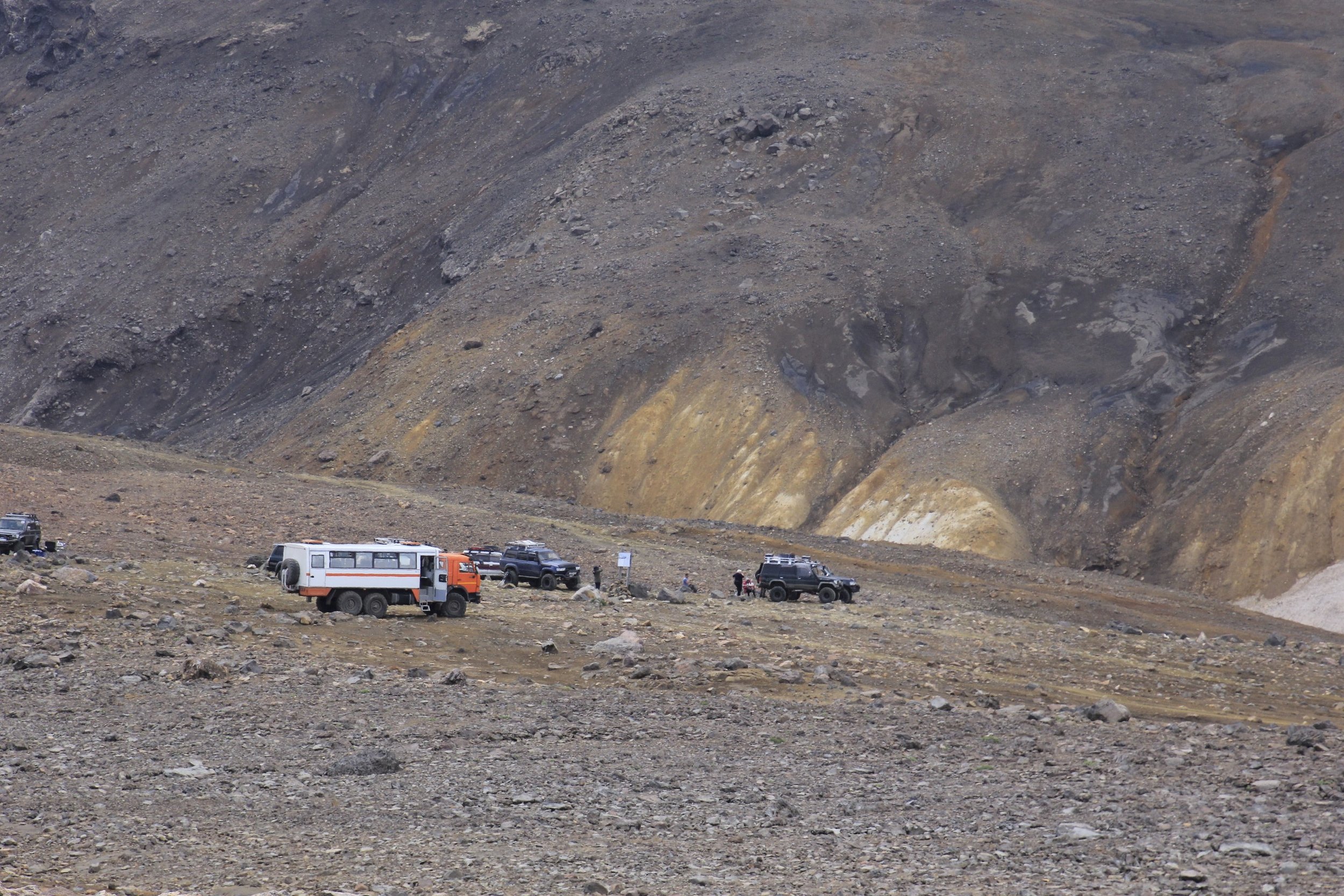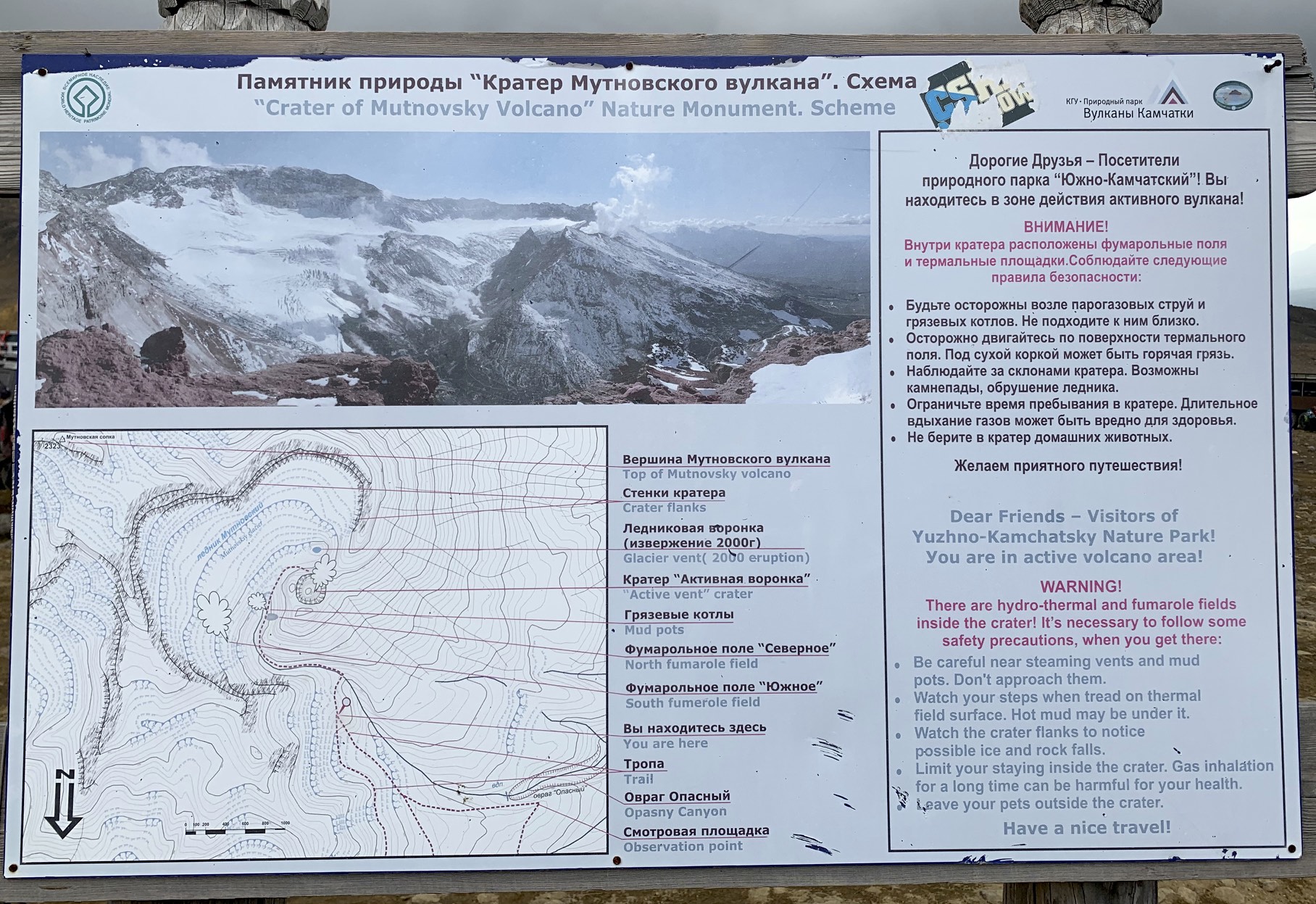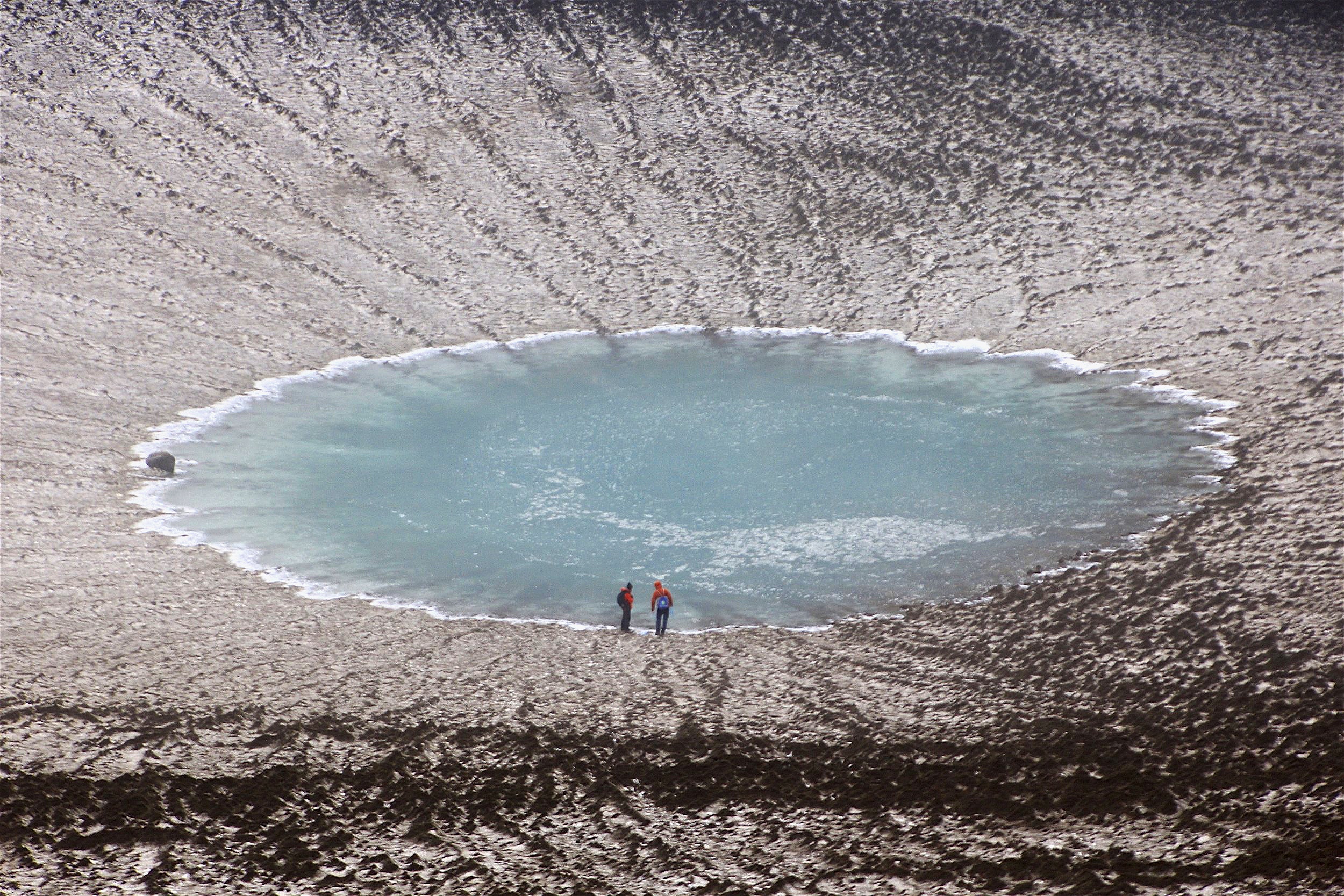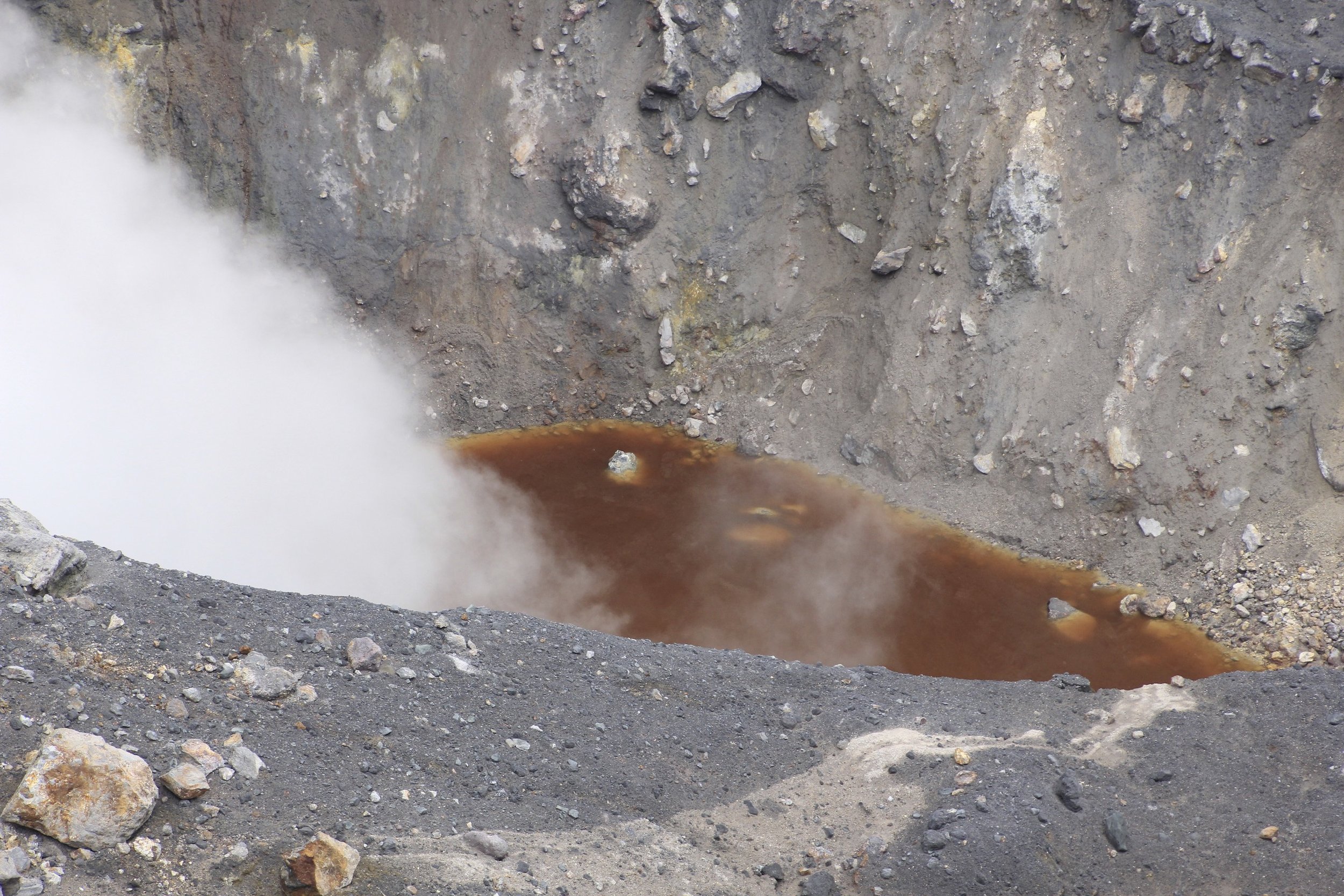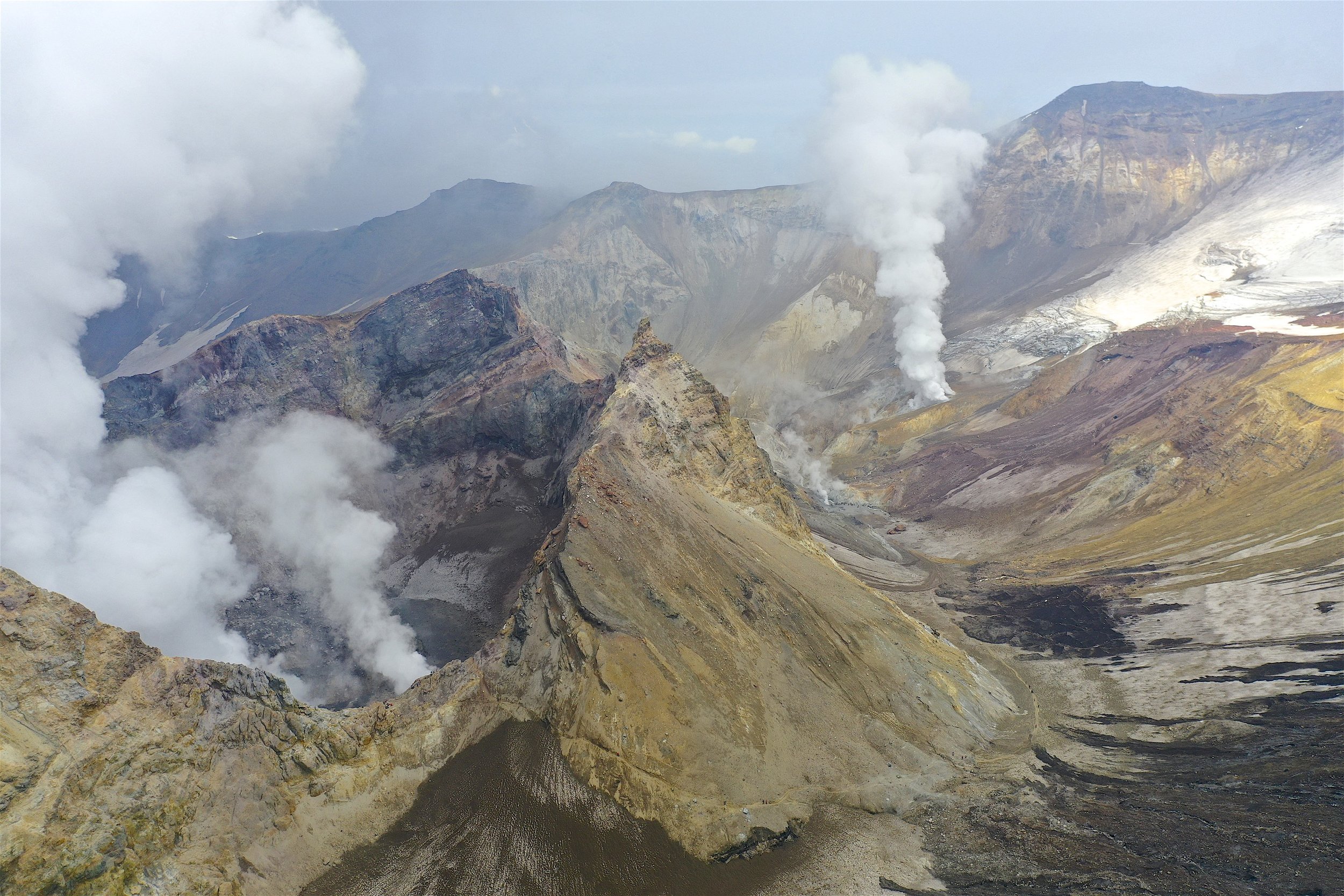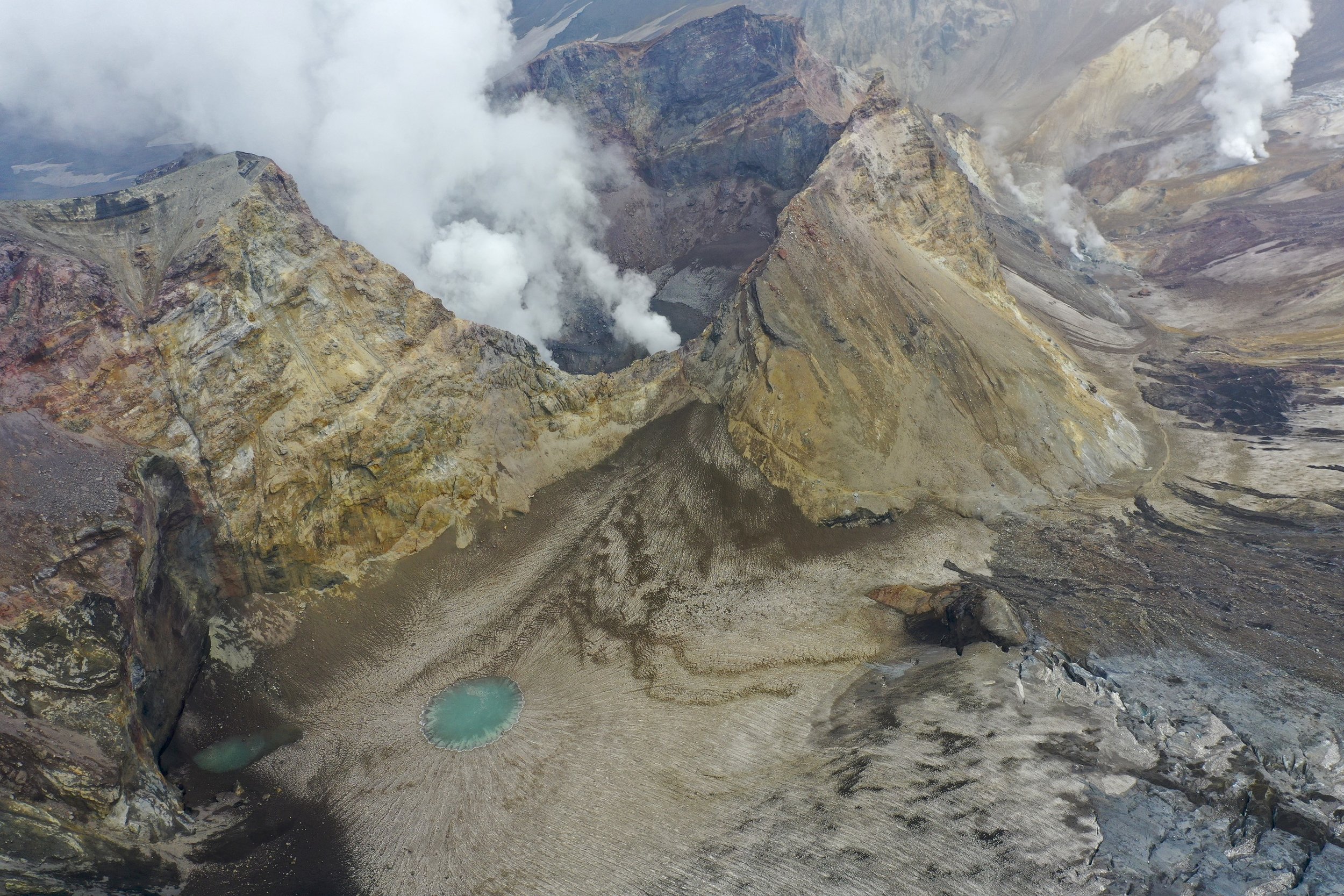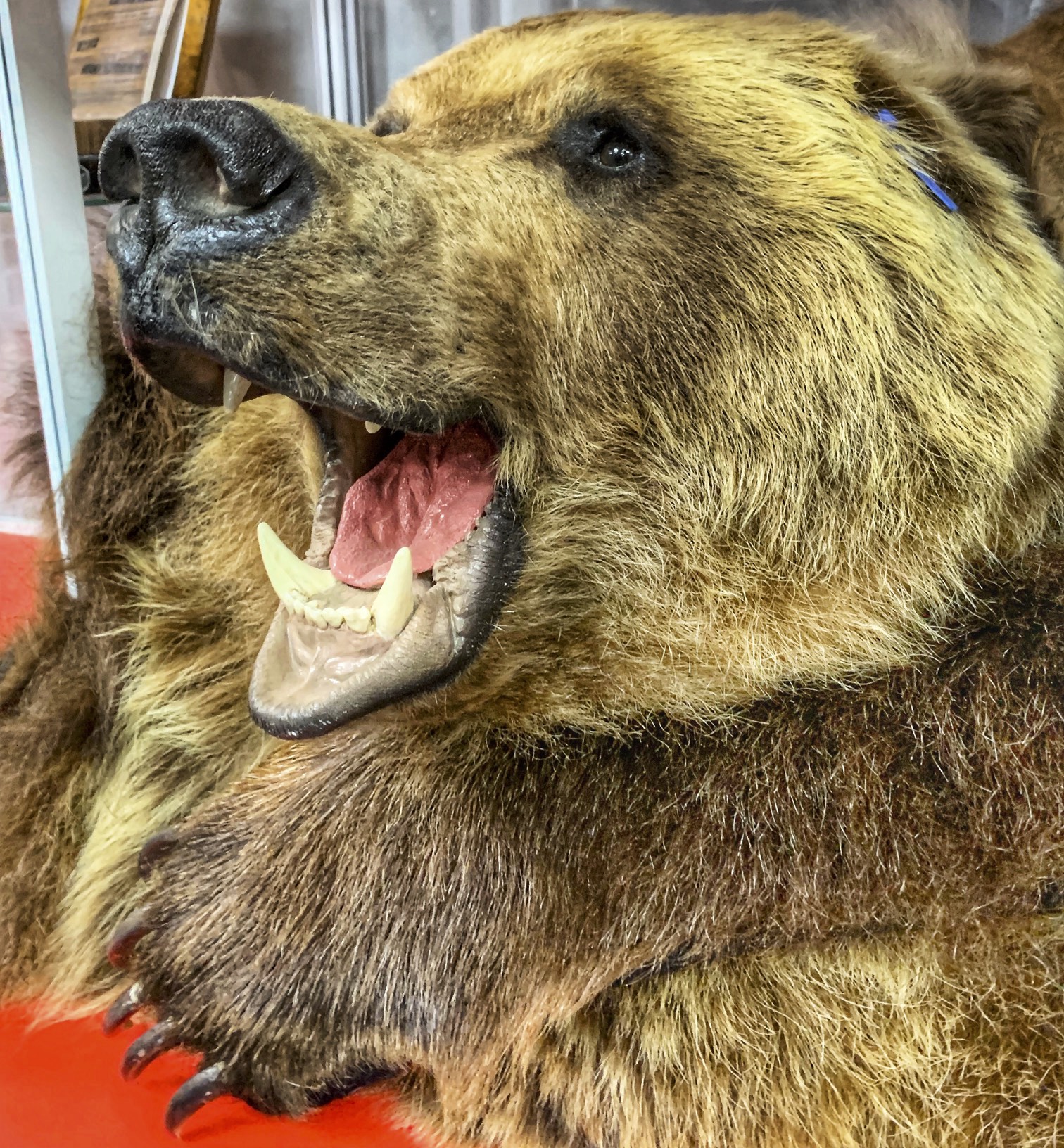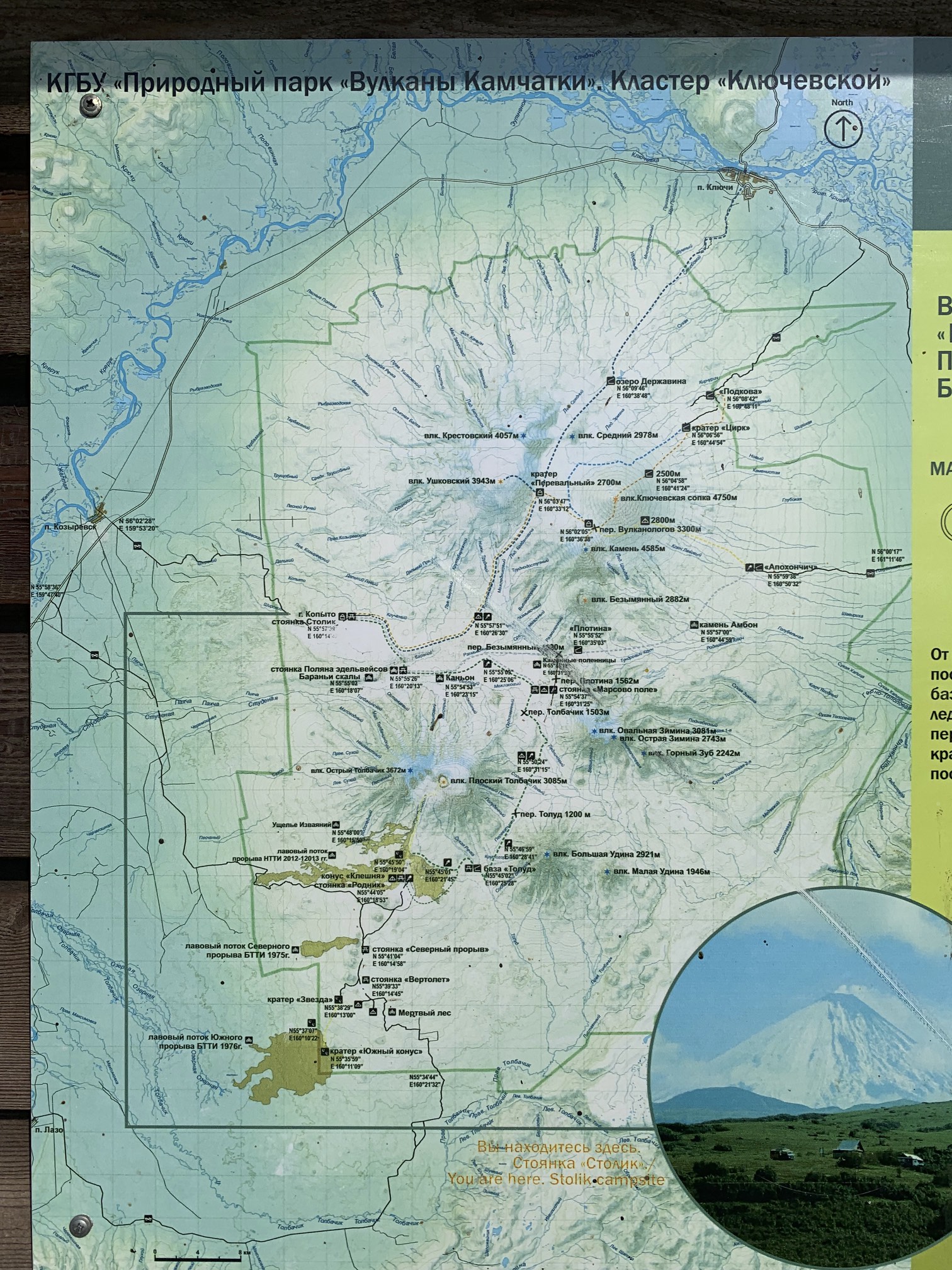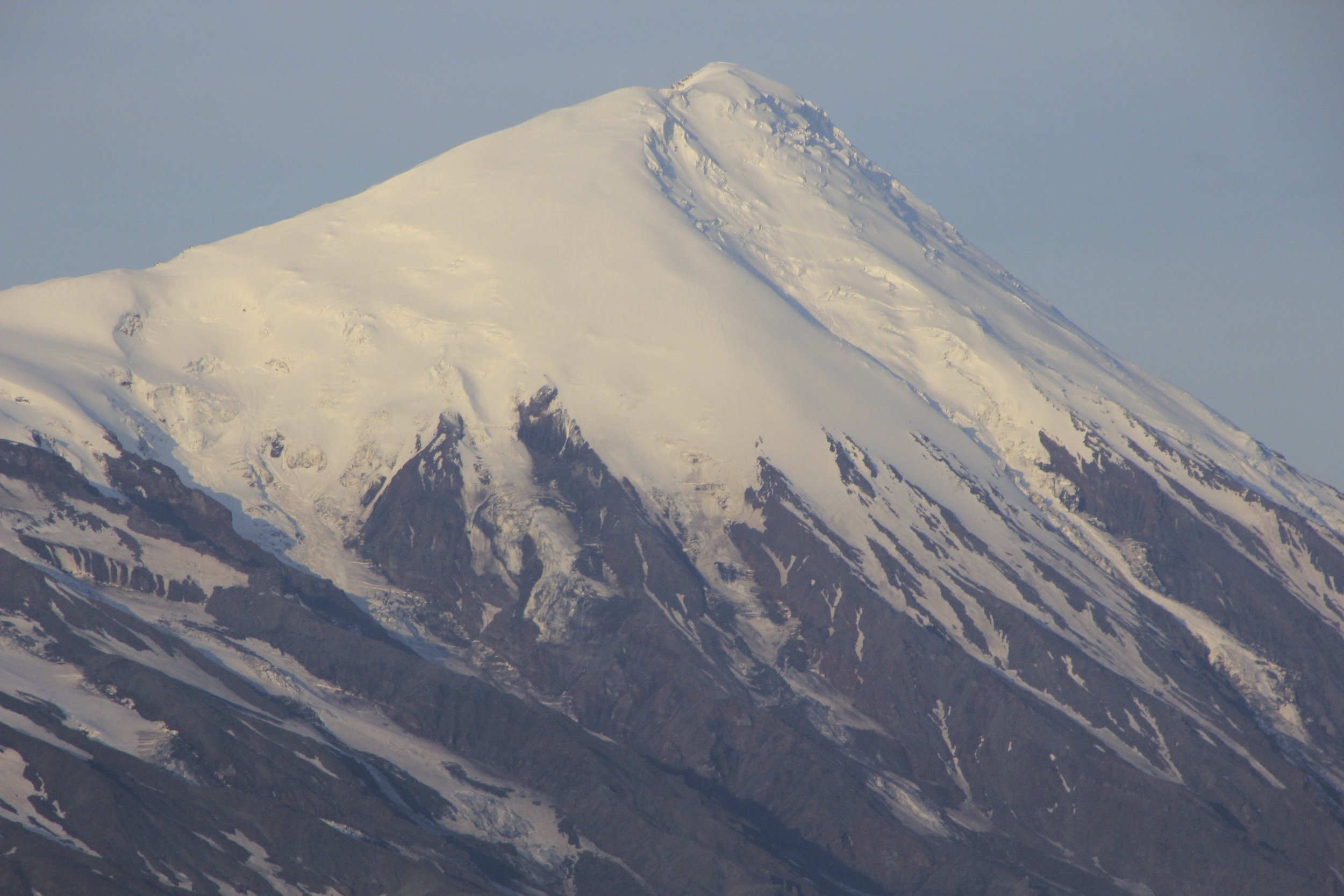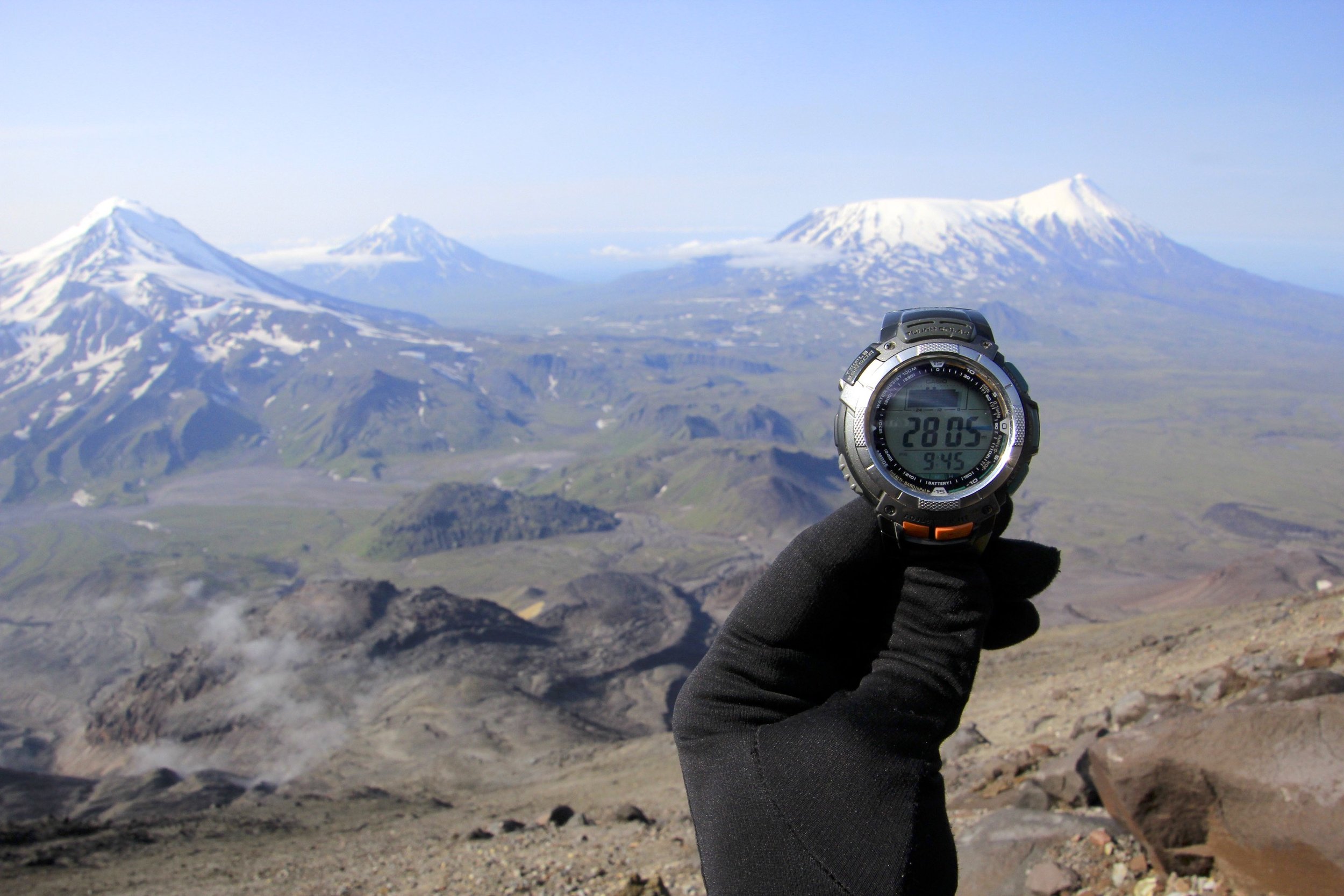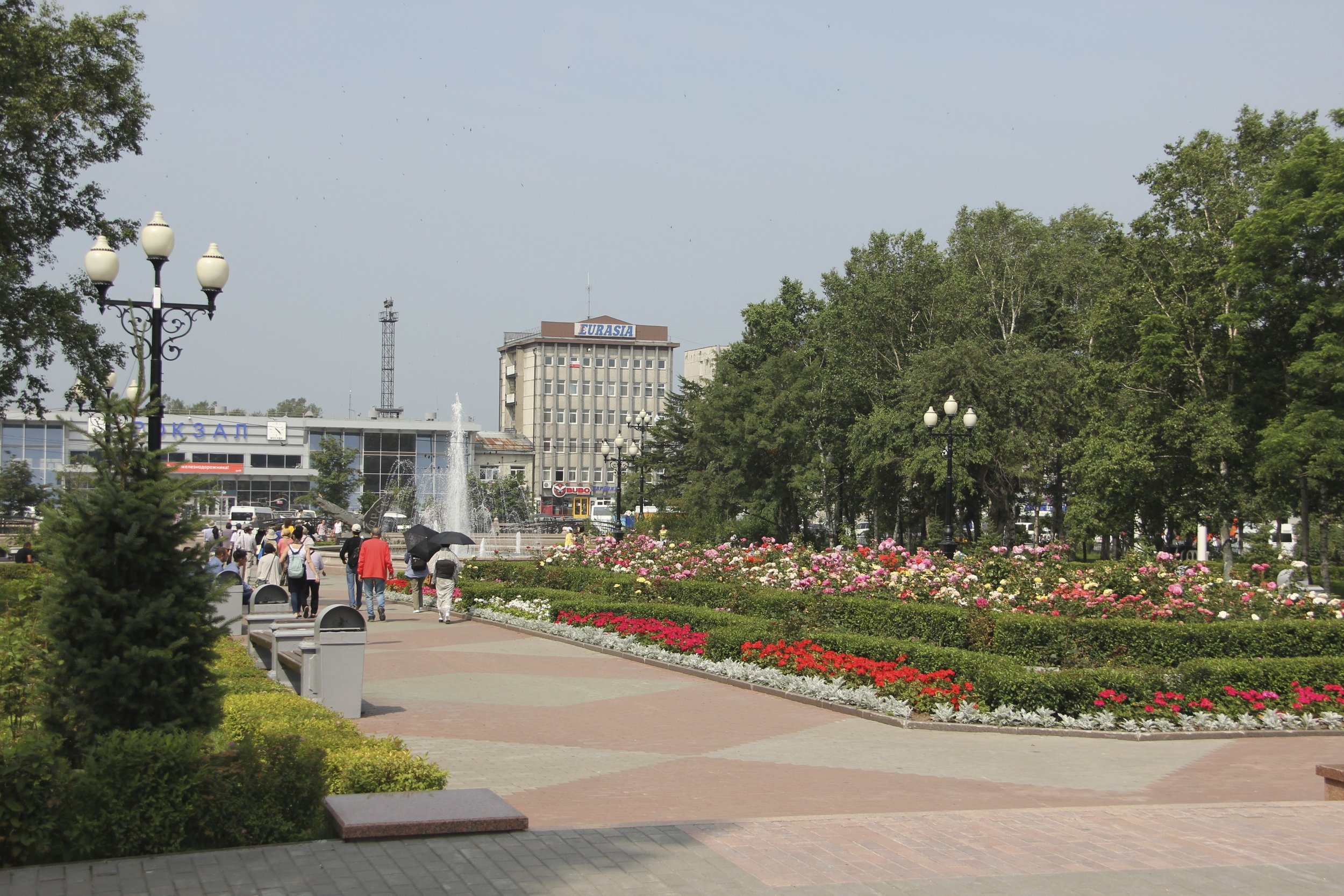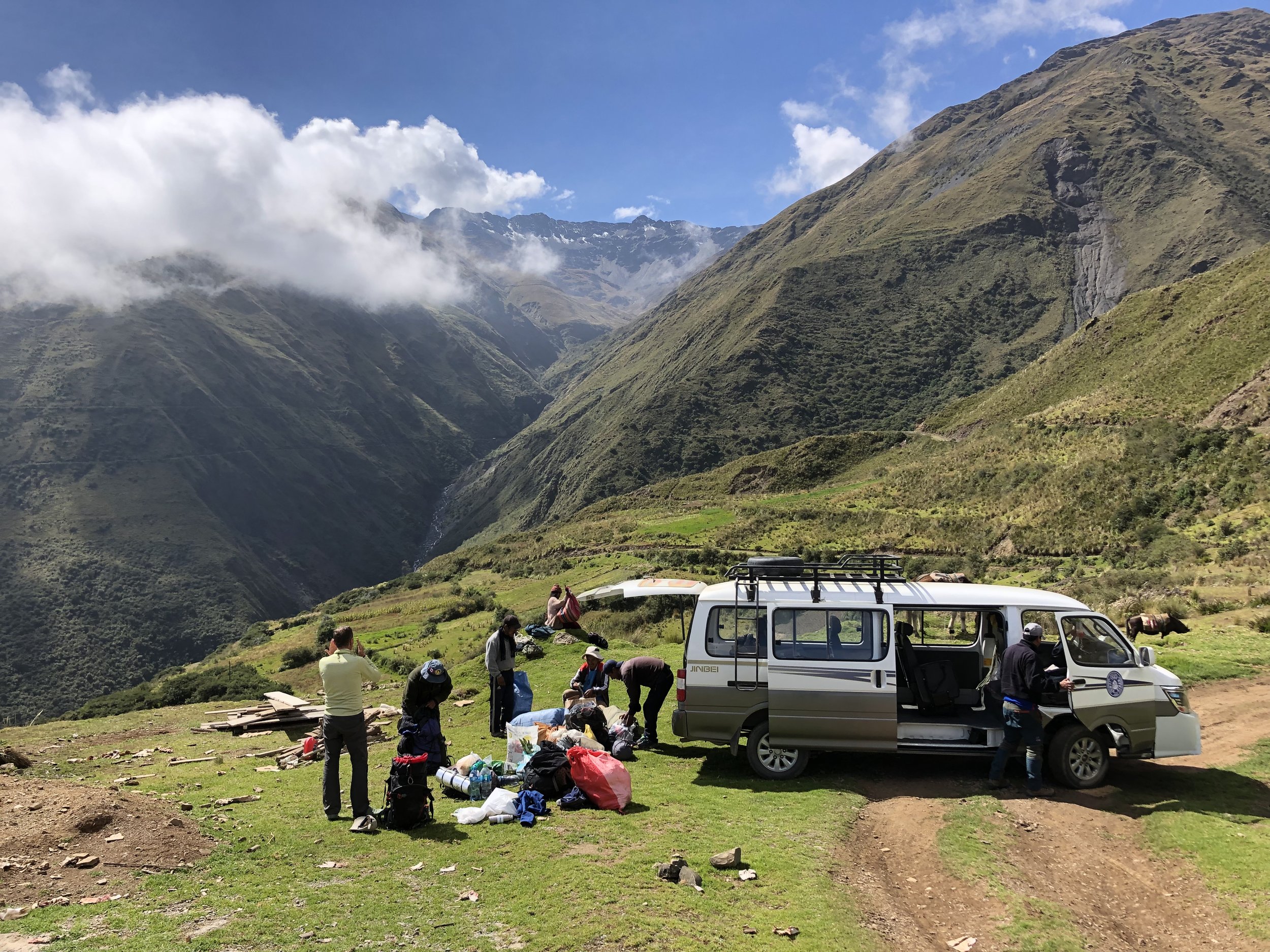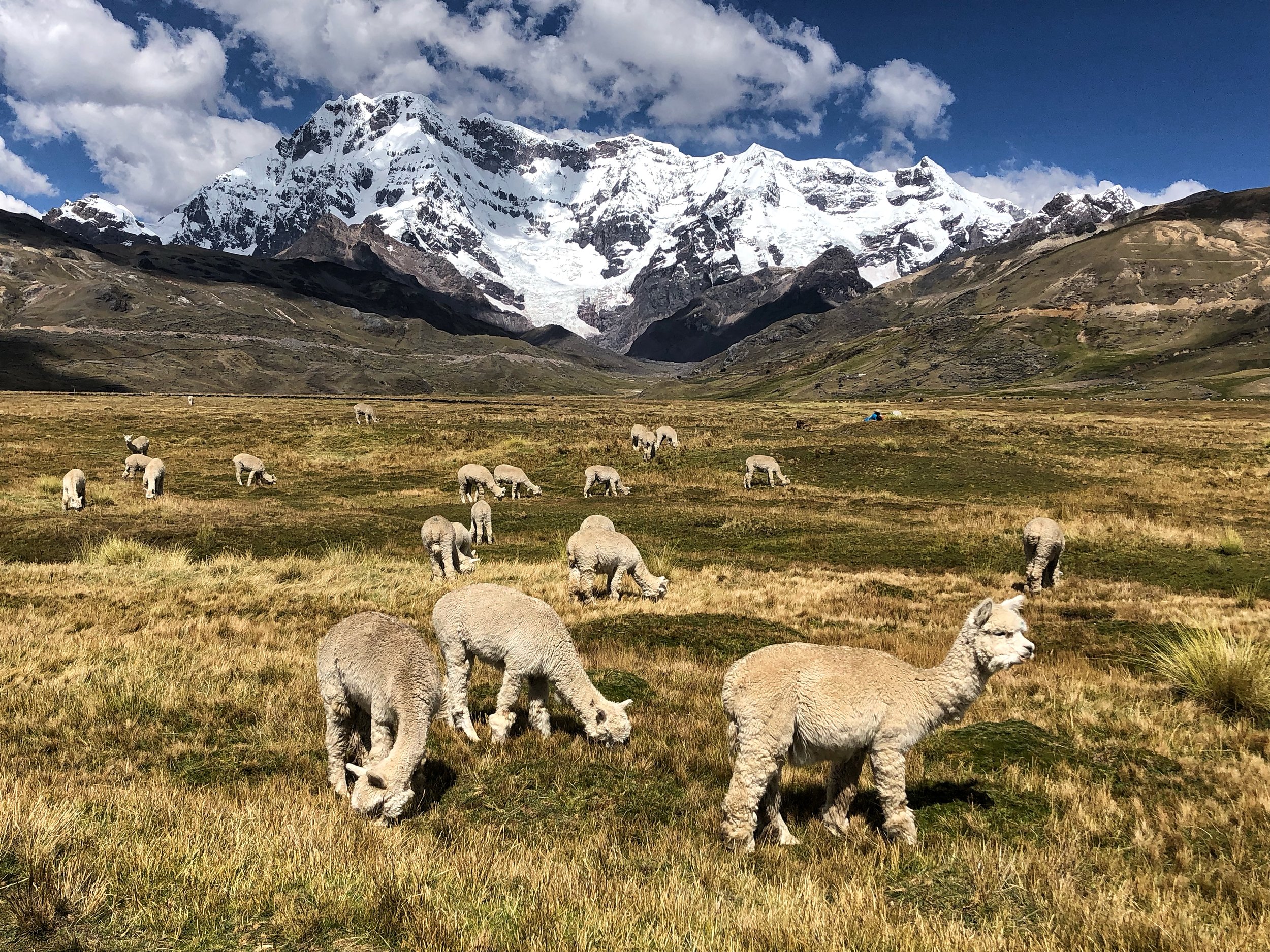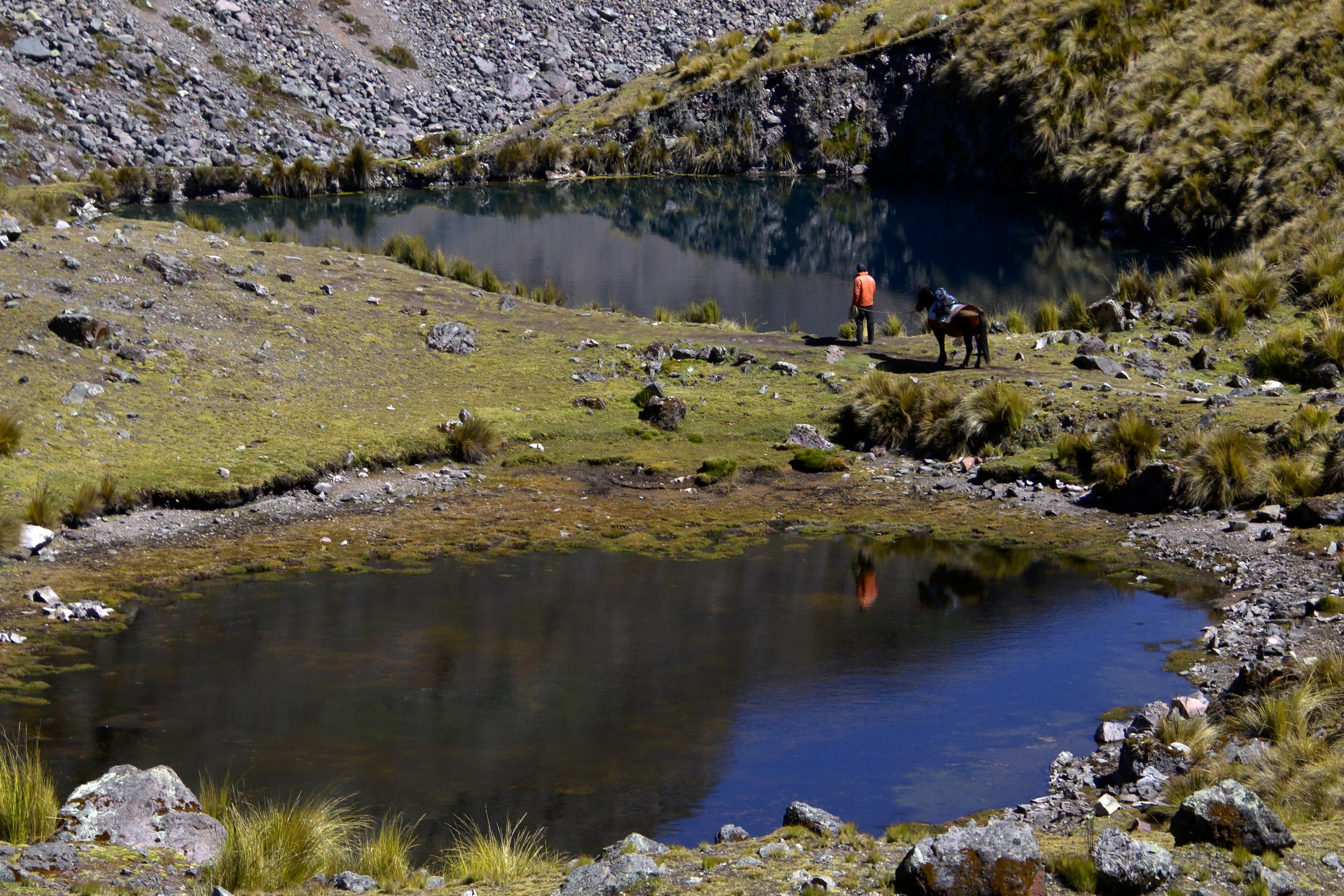2020 is a CRAZY year. All my travel plans have been cancelled due to the pandemic. This gave me the opportunity to spend quality time in my own back yard and explore the places that were on my to-do list for a long time. In the prior years, the campsites booked early and were always full. This year, due to the travel restrictions, booking campsites was easy.
I visited Yoho valley many times before. However, I decided to explore some more remote corners (Watervalley) and scramble a few peaks. This is one of the most spectacular areas of the Canadian Rockies. What makes the Iceline Trail so special is its high location. The trail follows a line of glaciers descending from Mt. President. The trail is high above the Yoho Valley and provides spectacular views all around. It can be easily done as a day trip. To spend some quality time in the backcountry though, it is advisable to camp further up the Yoho Valley.
Yoho NP has 3 very distinct areas: the Yoho Valley (where the Iceline trail is located), Lake O’Hara area and Emerald Lake. There are some more remote parts that are seldom visited as access is difficult. Some of the most spectacular peaks of the Rockies are located here (for example the Goodsirs).
Source: Gov of Canada
Mount Stephen. With close to 2000m elevation gain it is a BIG mountain.
The difficult part of ascending Mt. Stephen is in the last 250 m. The prominent peaks on the horizon are the Goodsirs.
The exposed summit ridge of Mt. Stephen.
Looking towards Mt. Victoria (left), Huber, and the peaks of the Lake O’Hara.
Looking towards the Rockwall and the Goodsirs.
Looking towards Wapta Icefield. The Presidents are in the centre. On the right is the road to Takawa Falls.
Looking towards Wapta Icefield from the summit of Mt. Stephen.
Trans Canada Highway from Mount Stephen.
The town of Field and the Trans Canada Highway from the summit of Mt. Stephen
The narrow and exposed summit ridge of Mt. Stephen. The town of Field can be seen on the right 2 km below.
Mount Stephen
Yoho Valley
The overview of the entire Iceline Trail from the Whaleback Mountain. The trail follows the glaciers descending from Mt. President.
Mount Trolltinder as seen from the Iceline Trail. Mount Balfour towers over it and makes it look smaller and less impressive.
Trolltinder Mountain
Trolltinder Mountain 2917m
Along the Iceline Trail
Looking towards Mount Victoria in Lake Louise
The trail runs above the main Yoho Valley
Yoho Mountain
The closeup of Mount Victoria north peak
Mount Rhonda on the Wapta Icefiled and the Yoho Glacier
Mount Daly and Takakkaw Falls
Laughing Falls
Isolated Peak from The Whaleback
The view from Isolated Peak
The Whaleback from Isolated Peak
Watervalley from the Whaleback
Mount President and Vice-President from the Whaleback
Whaleback Mt
Isolated Pk from Whaleback
Whaleback Panorama
The Presidents from the trail to Isolated Peak
Isolated Peak
McArthur Glacier near Isolated Peak
McArthur Glacier
The view from the slopes of Isolated Peak
The Presidents from the trail to Kiwetinok Pass
The view of the Presidents from the Pass
Looking down the Little Yoho Valley from the Pass
Kiwetinok Pass
Kiwetinok Pass
Kiwetinok Pass
Mount Kerr
Mt. Kerr
Mt. President from Mt. Kerr
Twin Falls
Water Valley
Yoho Peak on the left and Water Valley
Mont Des Poilus and Des Poilus Glacier
Mont Des Poilus and Des Poilus Glacier from the slopes of Yoho Peak
Mount Temple from Yoho Peak
Mount Victoria from Yoho Peak
The summit of Whaleback and The Presidents from Yoho Peak
Isolated Peak from Yoho Pk
Isolated Peak from Yoho Pk
Water Valley from Yoho Peak
Mt. Des Poilus from Yoho Pk
Mt. Des Poilus 3161m
Mt. Collie 3116m
Wapta Icefield
Yoho Glacier and Wapta Icefield from Yoho Mt
The view from Yoho Peak
Yoho Pk
Mt Balfour from Yoho Pk
Guy Hut from Yoho Pk
The Guy ACC Hut
Natural Bridge - a rock formation that forms a natural bridge over the Kicking Horse River River
The Kicking Horse River
On the Narao Mountain
On the Narao Mountain
Sherbrook Lake and the Yoho from the Narao Peak
Cathedral Mountain from the Narao Peak
The ridge of the Narao Mountain with the Trans-Canada Highway below
Paget Peak
Paget Peak, Narao Peak and Victoria North
Narao Peak and Mt. Victoria Noth
Mt. Daly
Sherbrook Lake
Sherbrook Lake
Lake Oesa and Mt. Lefroy from Yukness
Lake O’Hara
The view from Yukness to Glacier Peak
Ringrose Peak and Mt. Hungabee
Mt. Victoria from Yukness
Mt. Huber and Mt. Victoria
Mt. Biddle
Mt. Victoria and Lefroy from Yukness
Mt. Schaffer from Yukness
Mt. Huber (right)
Mt. Yukness 2847






